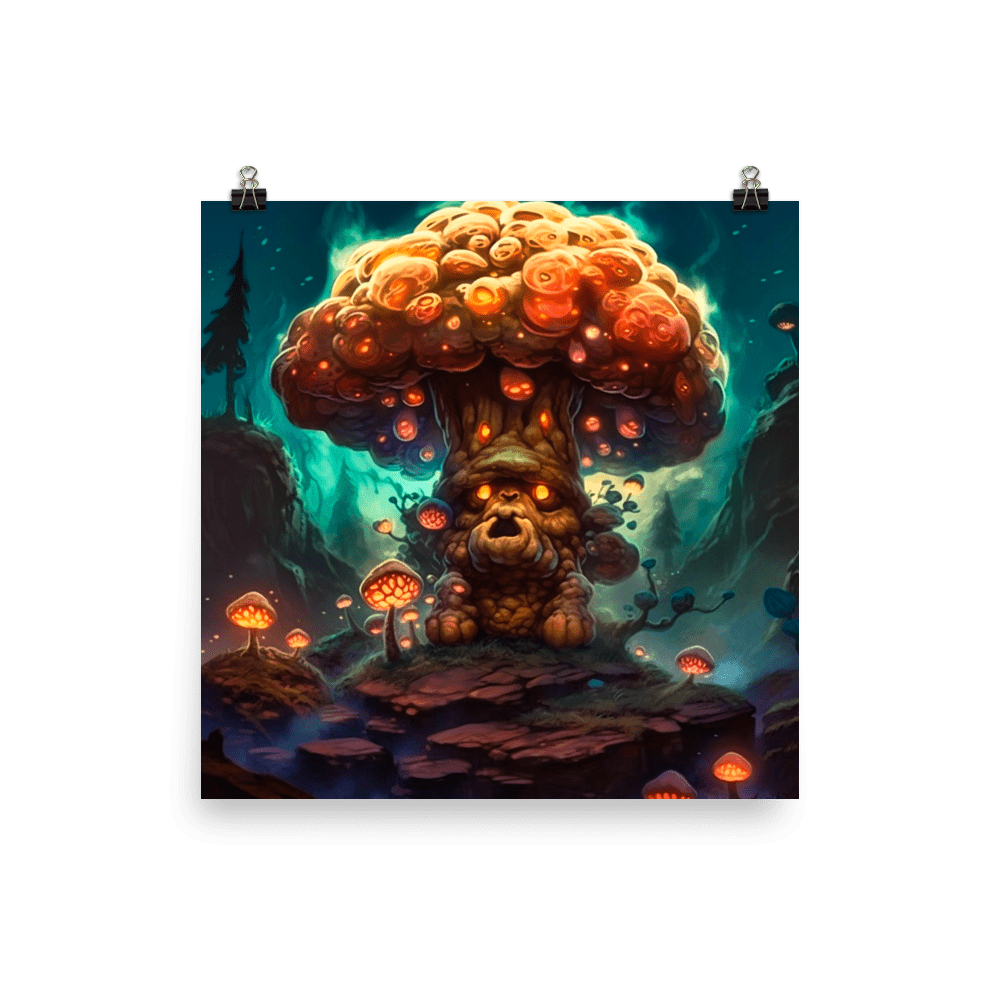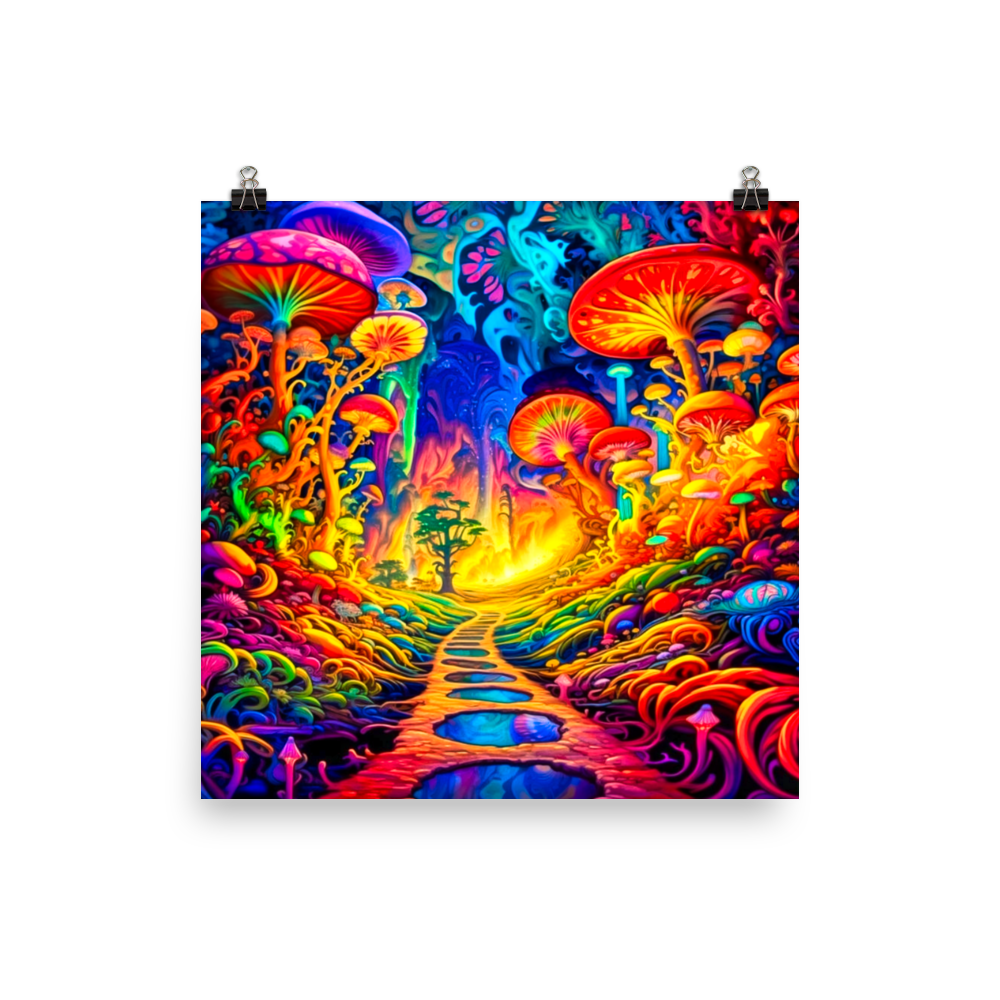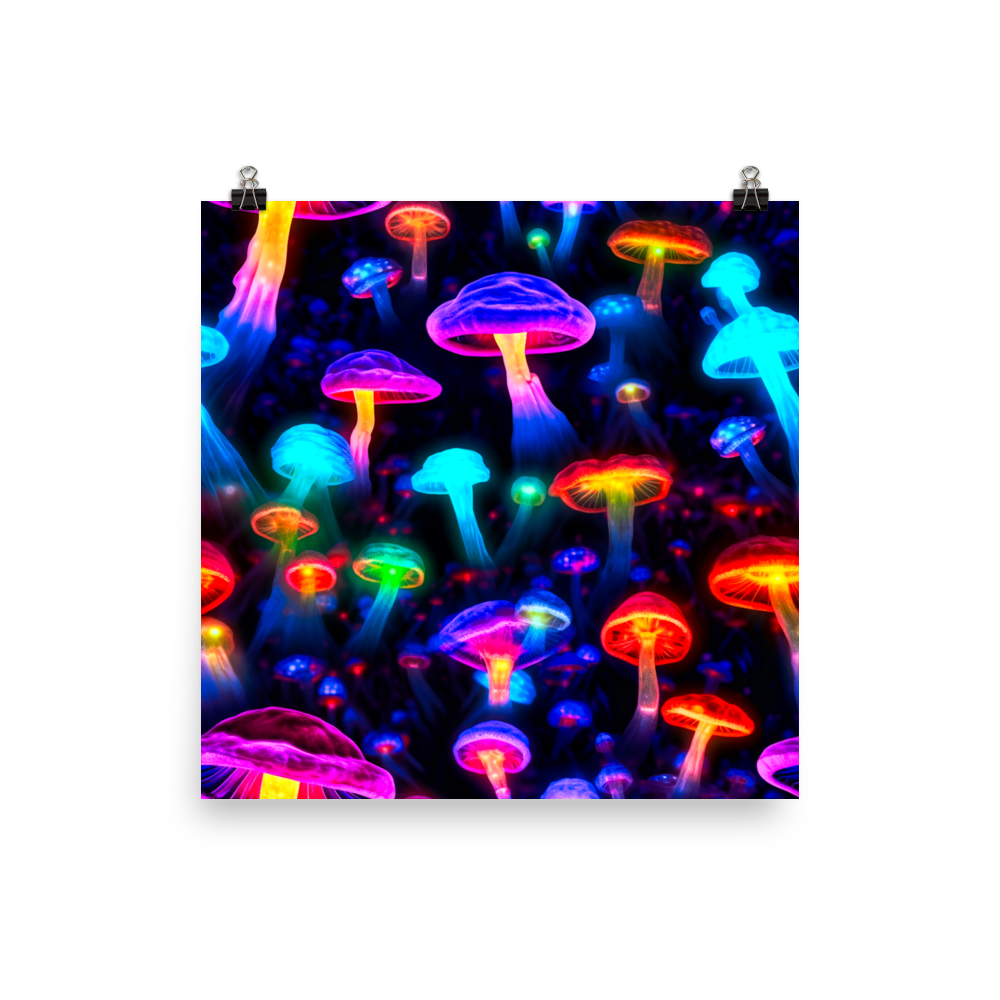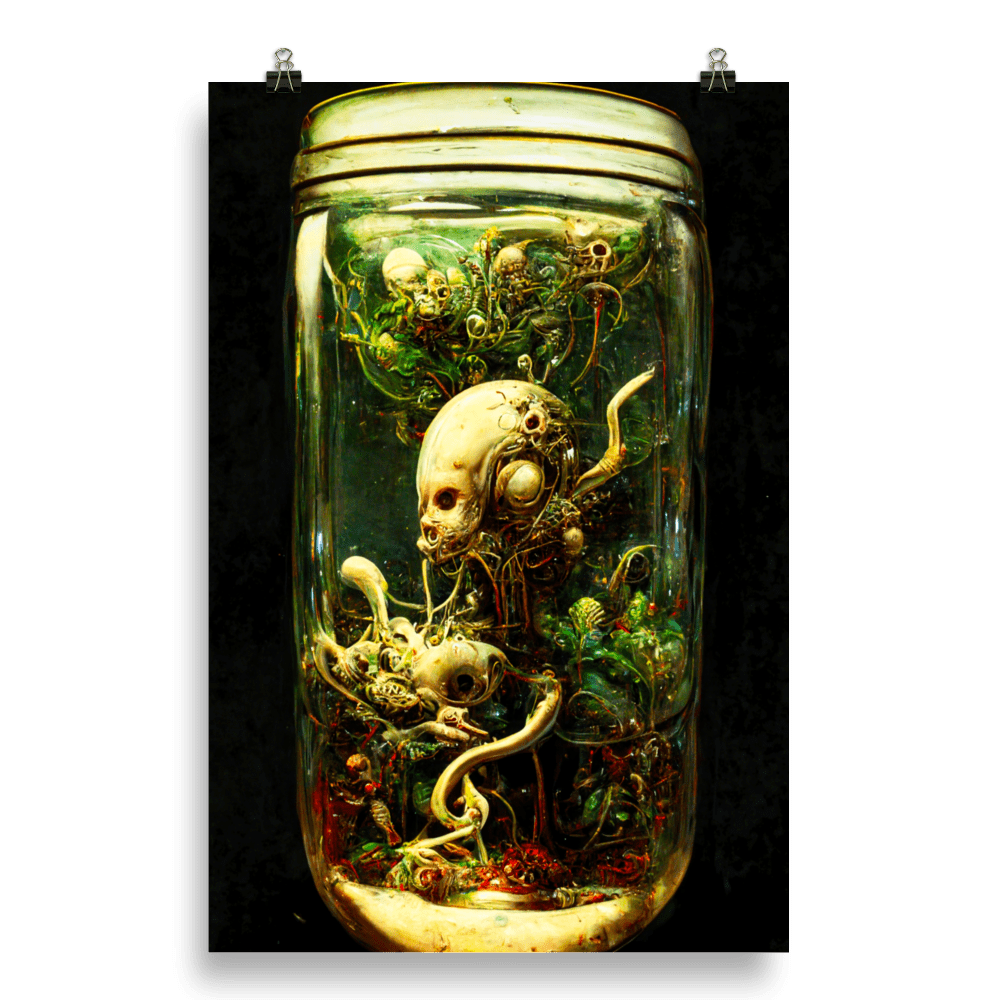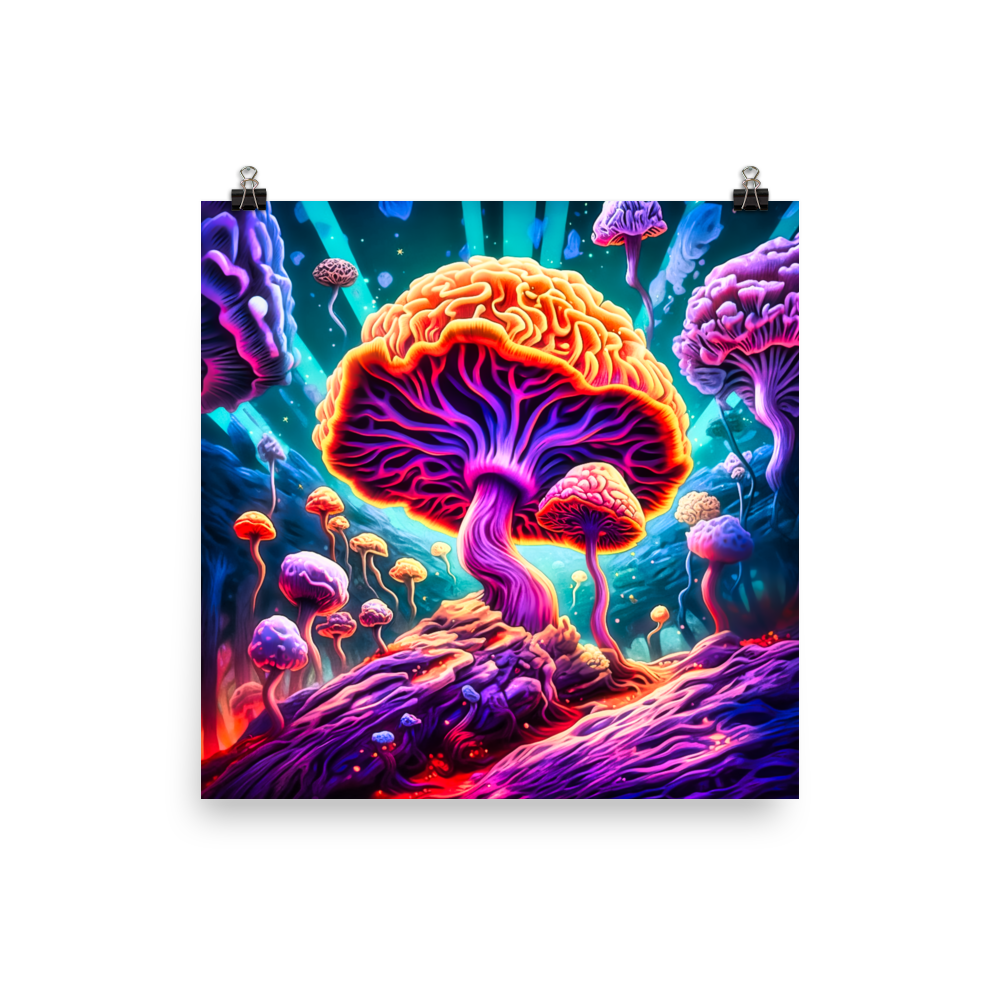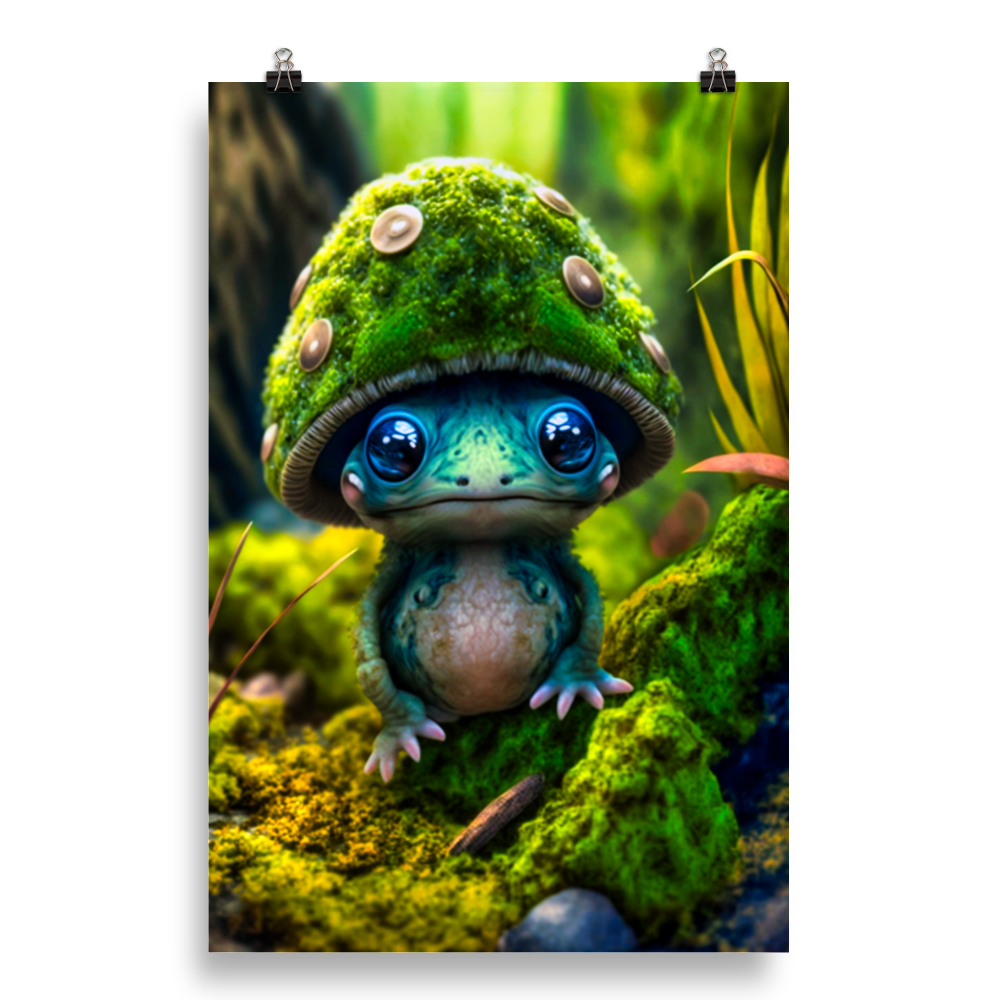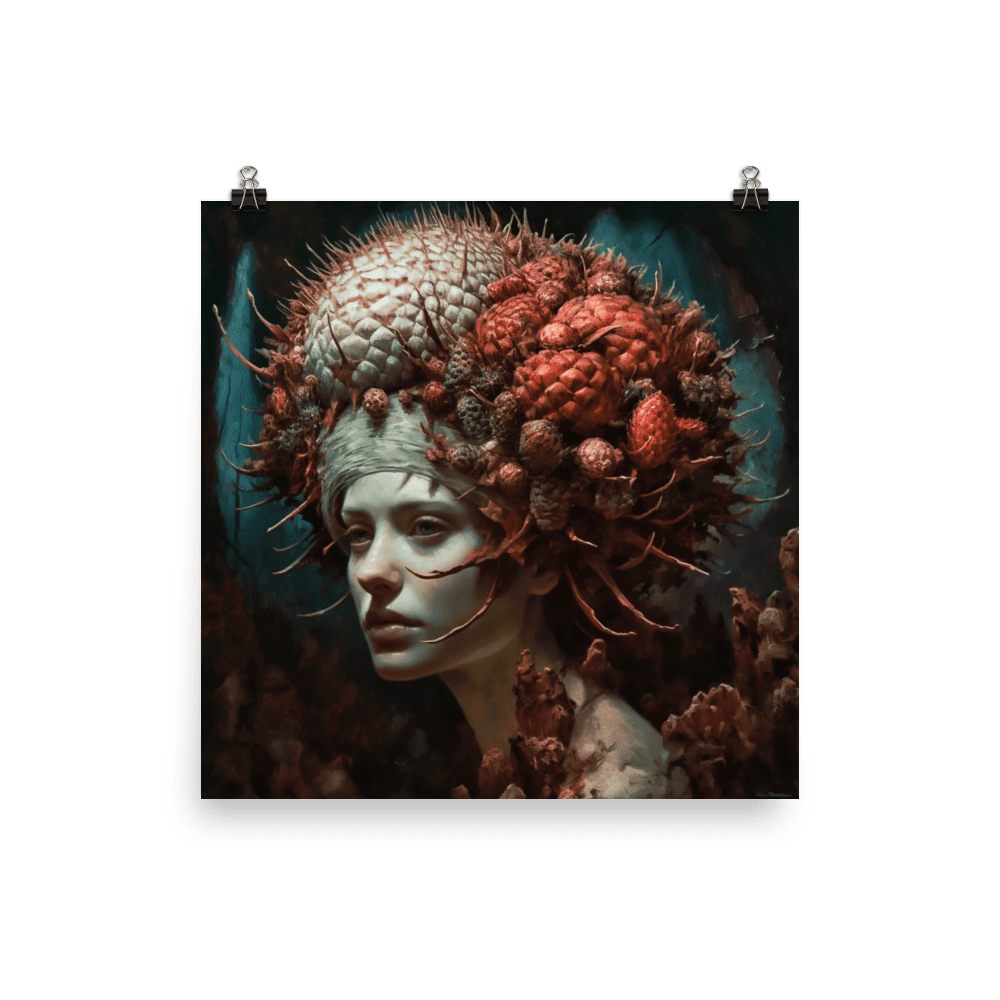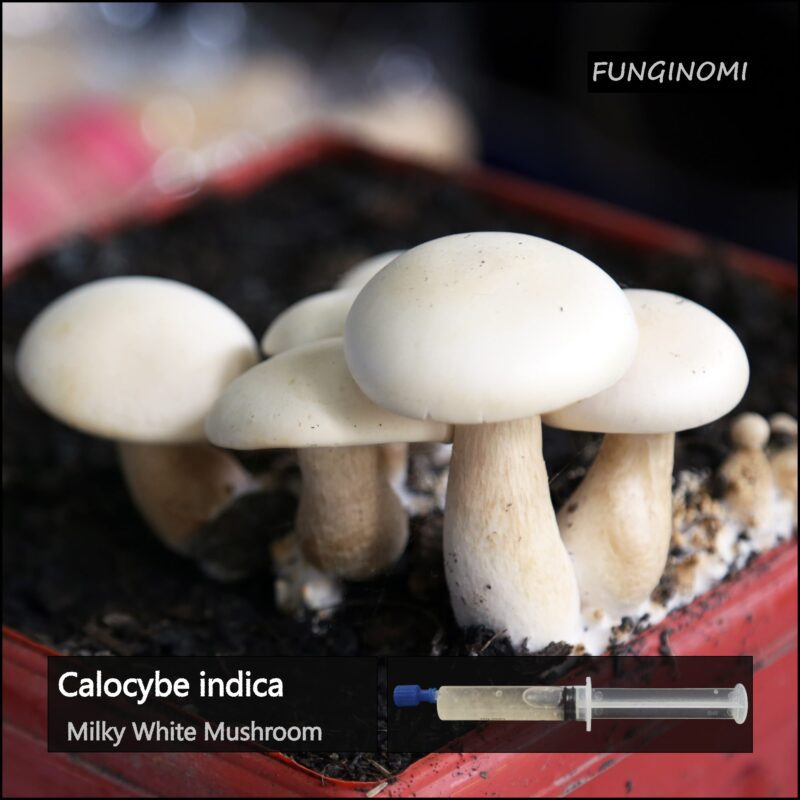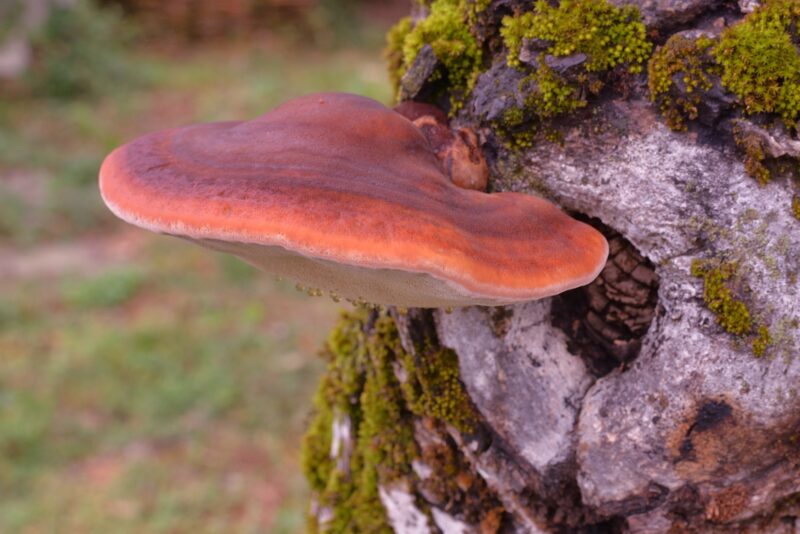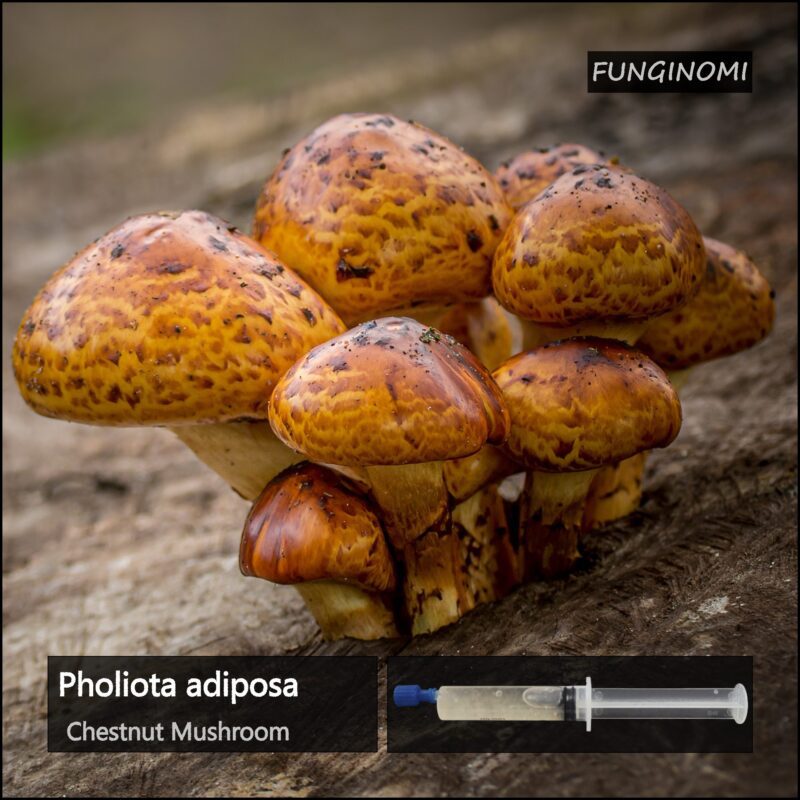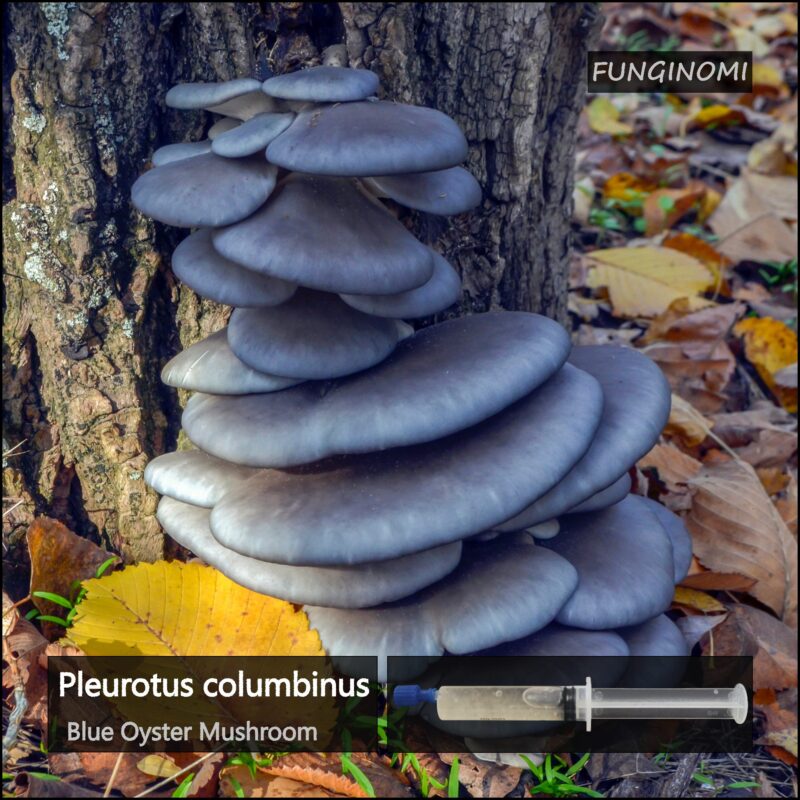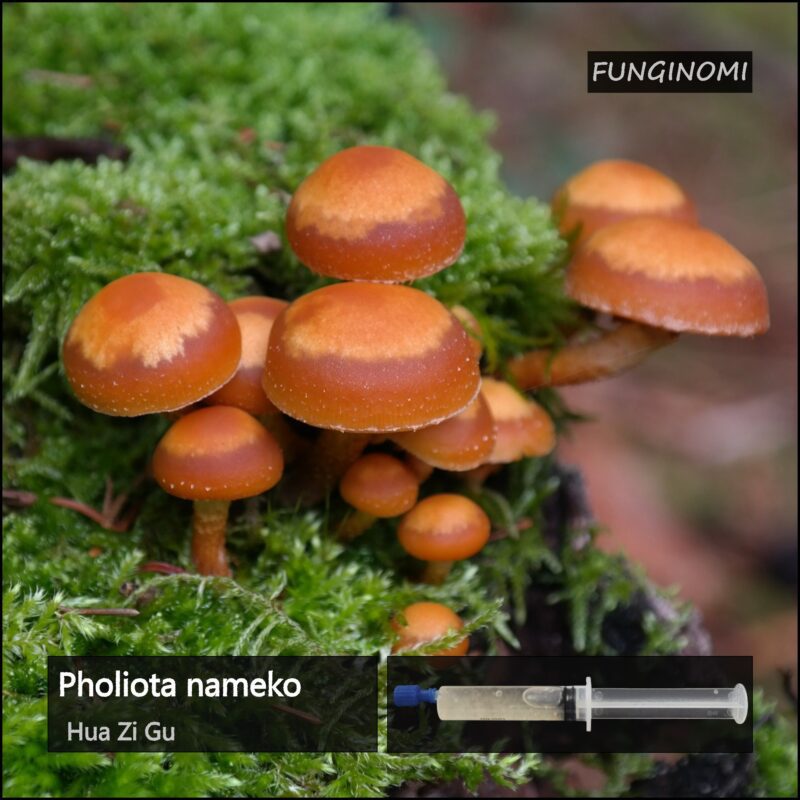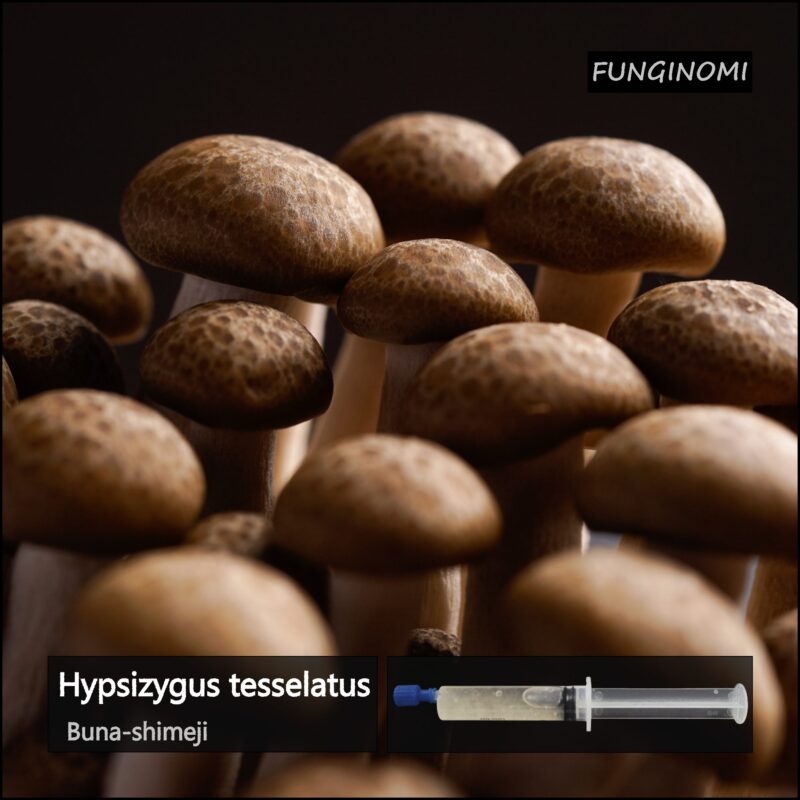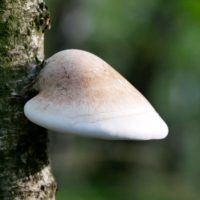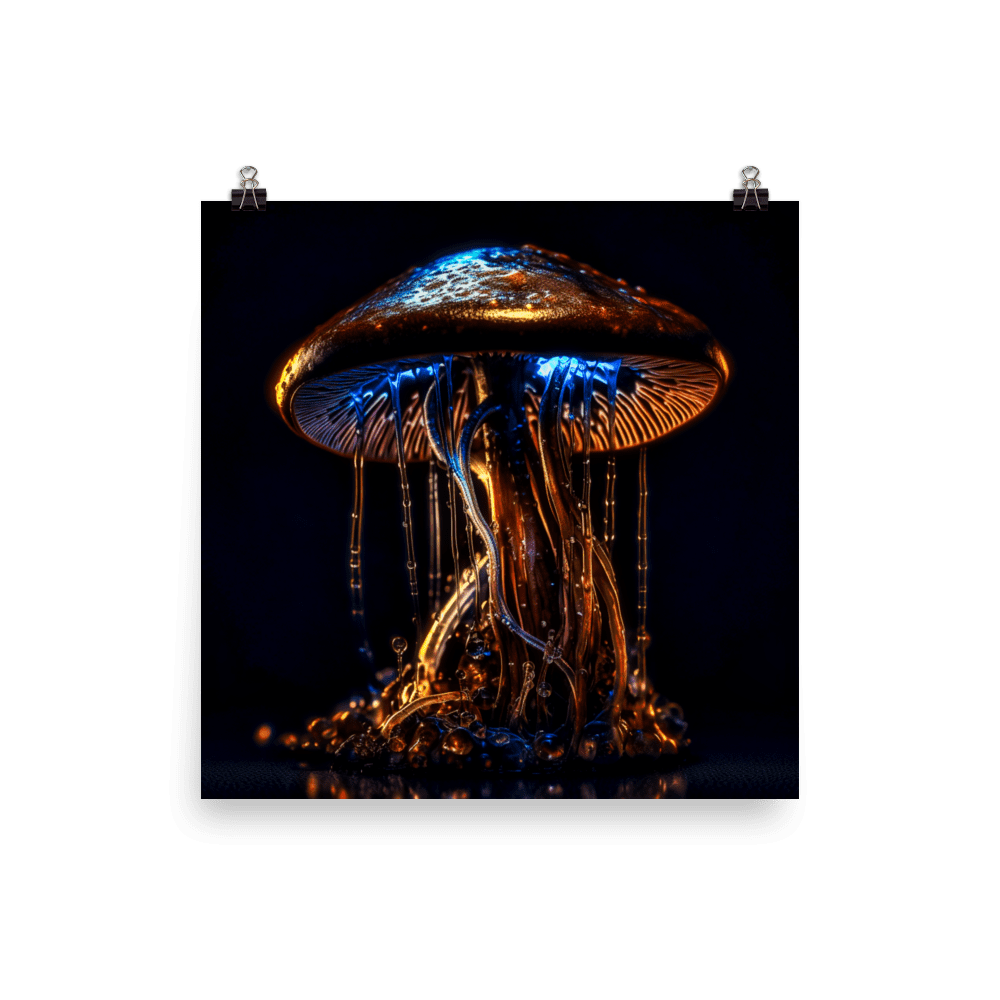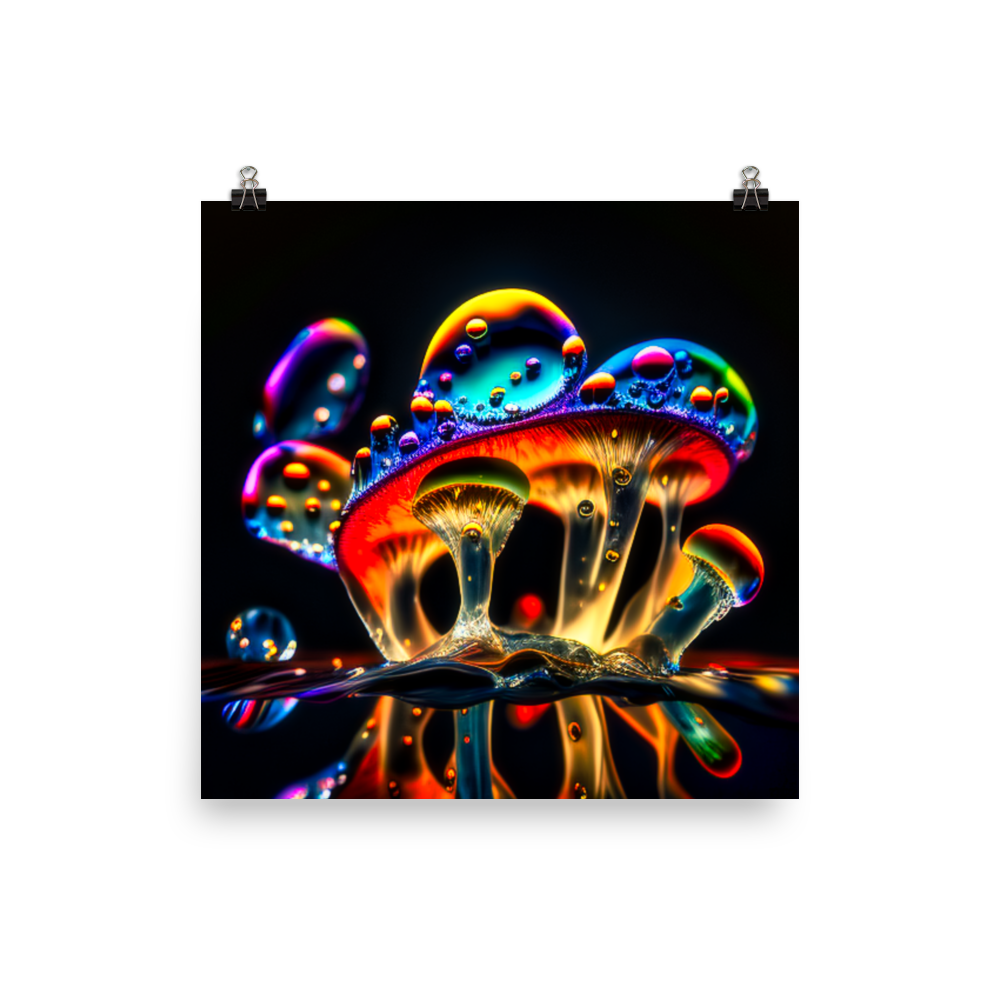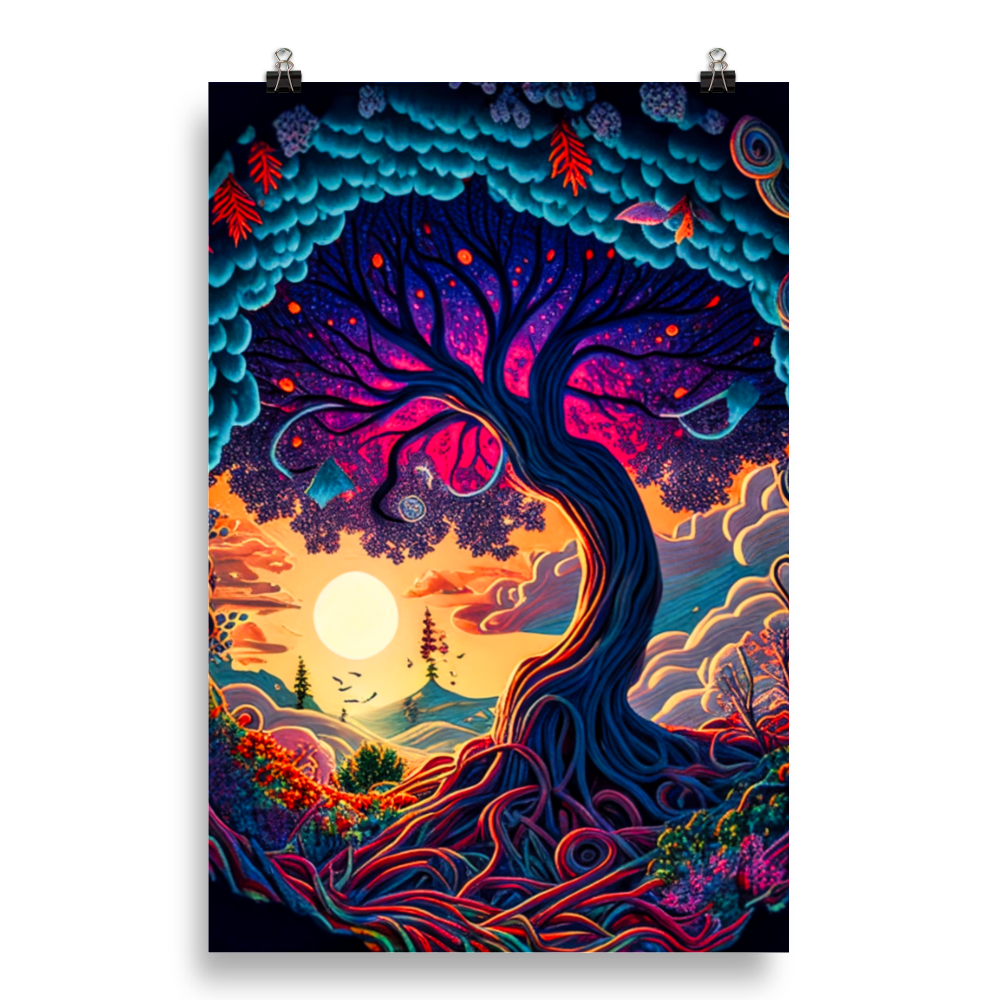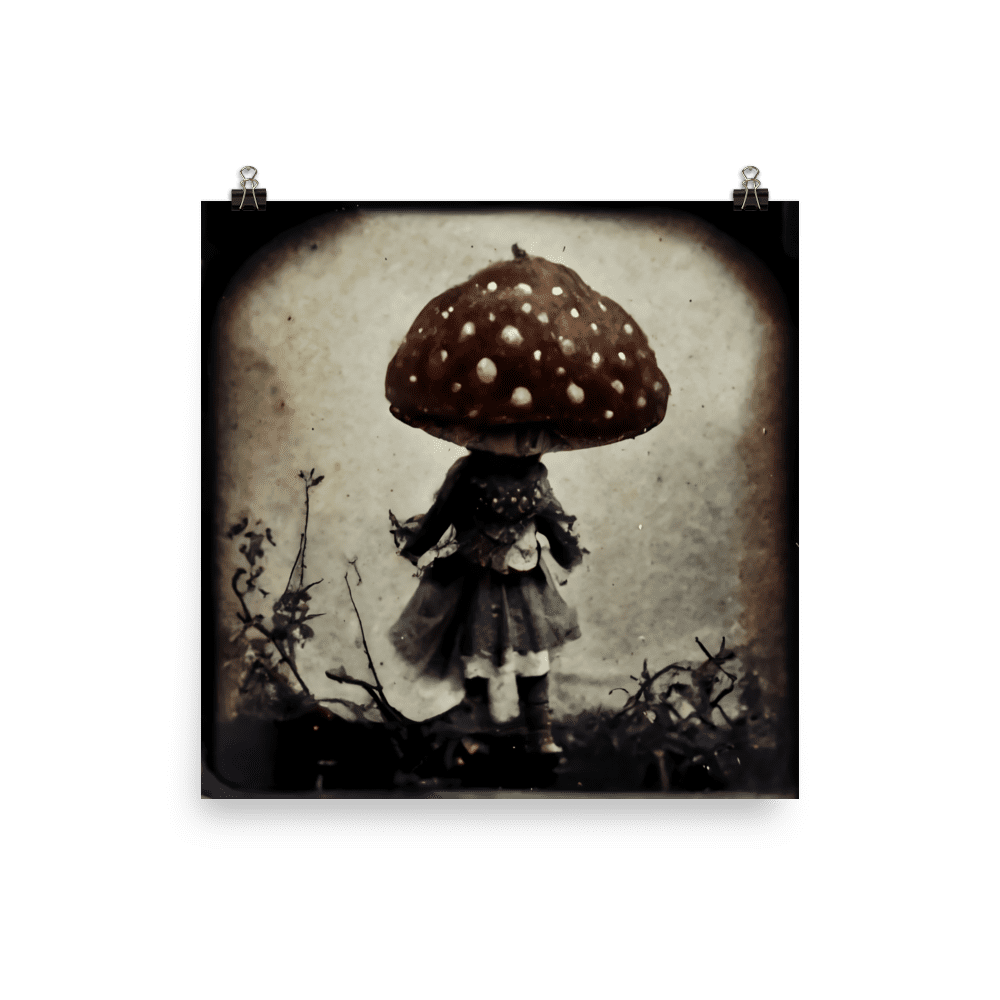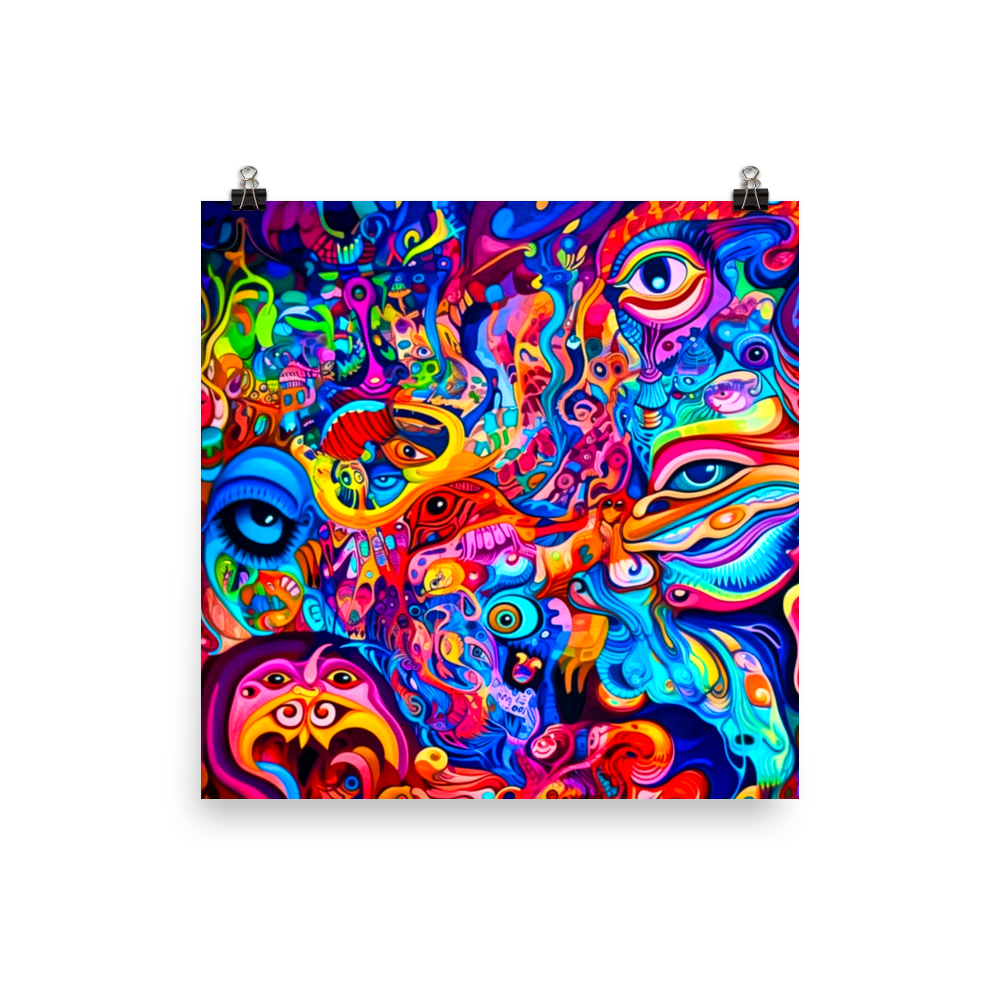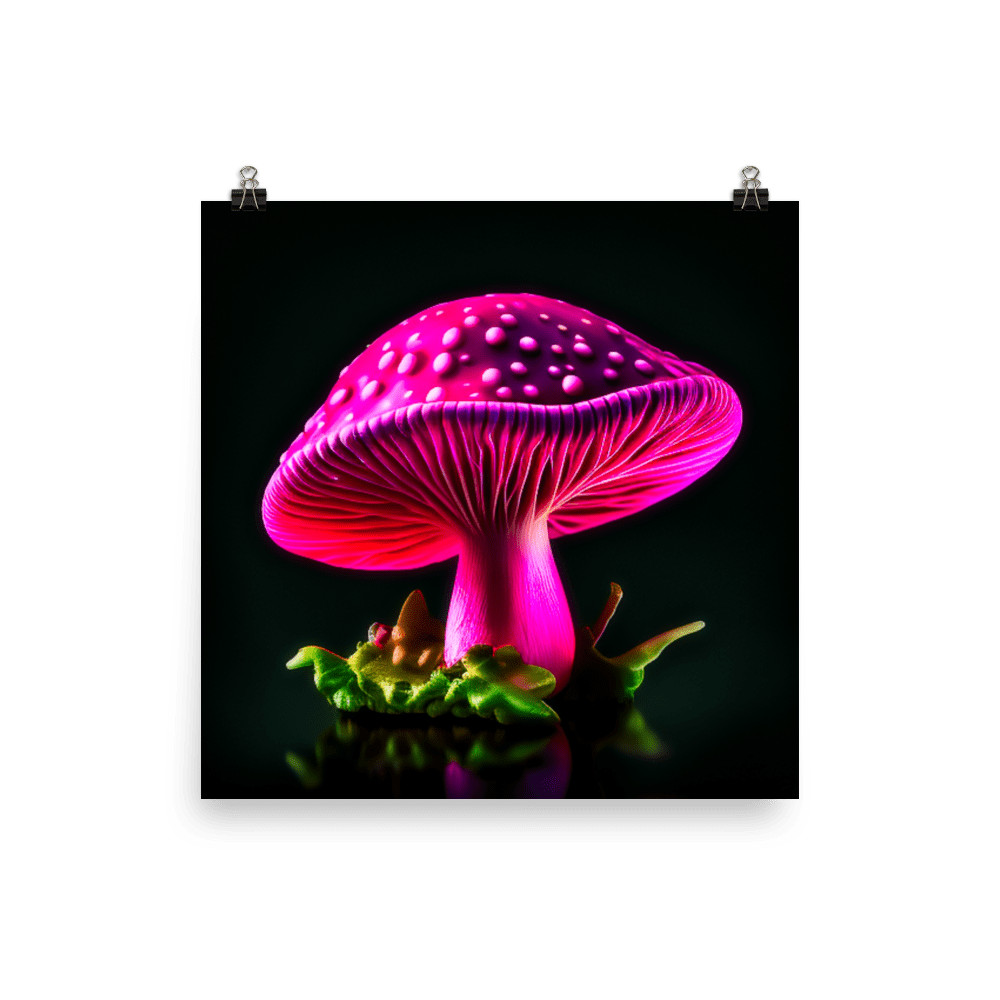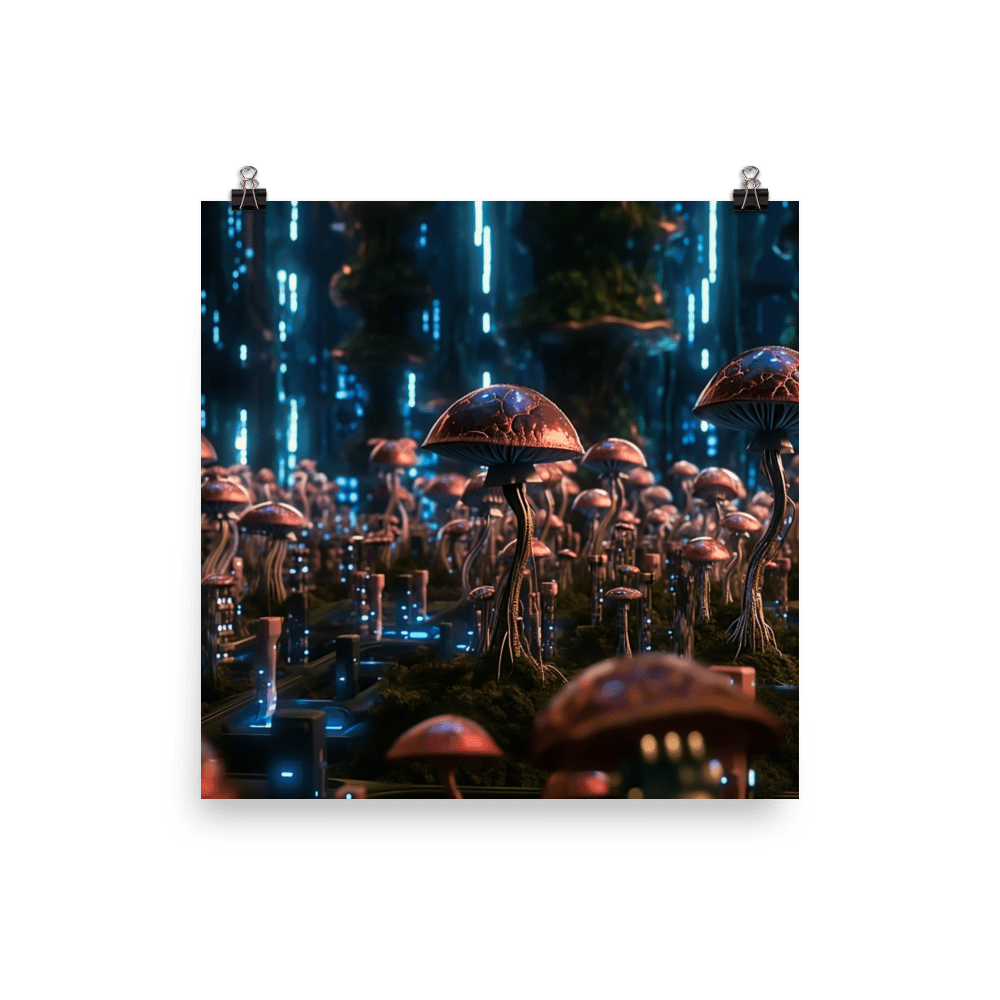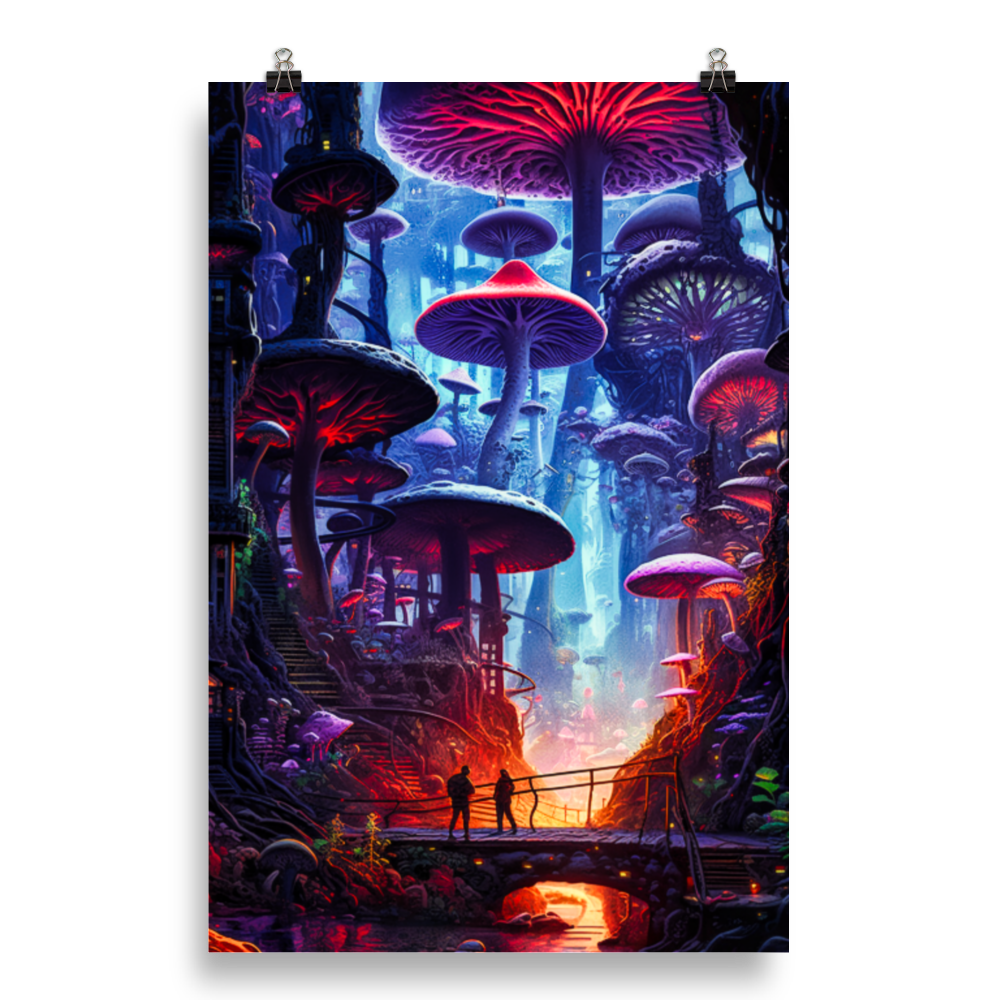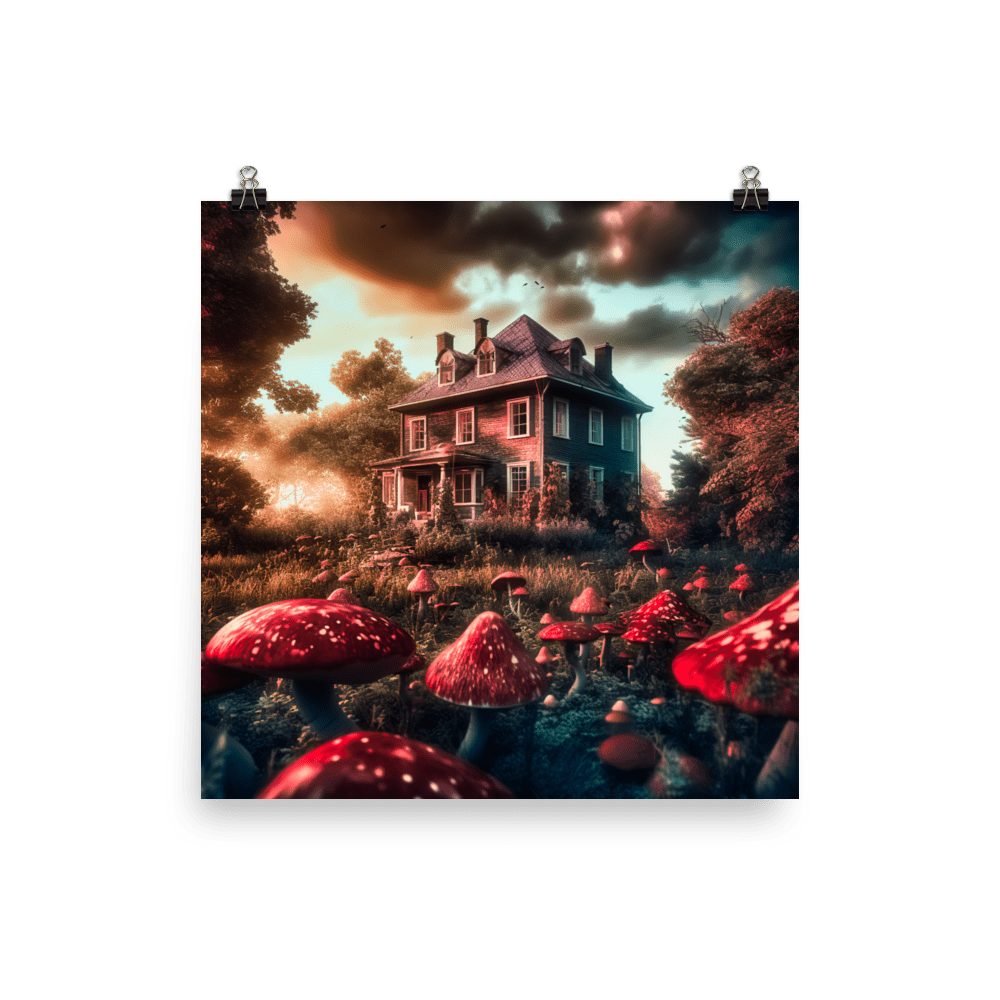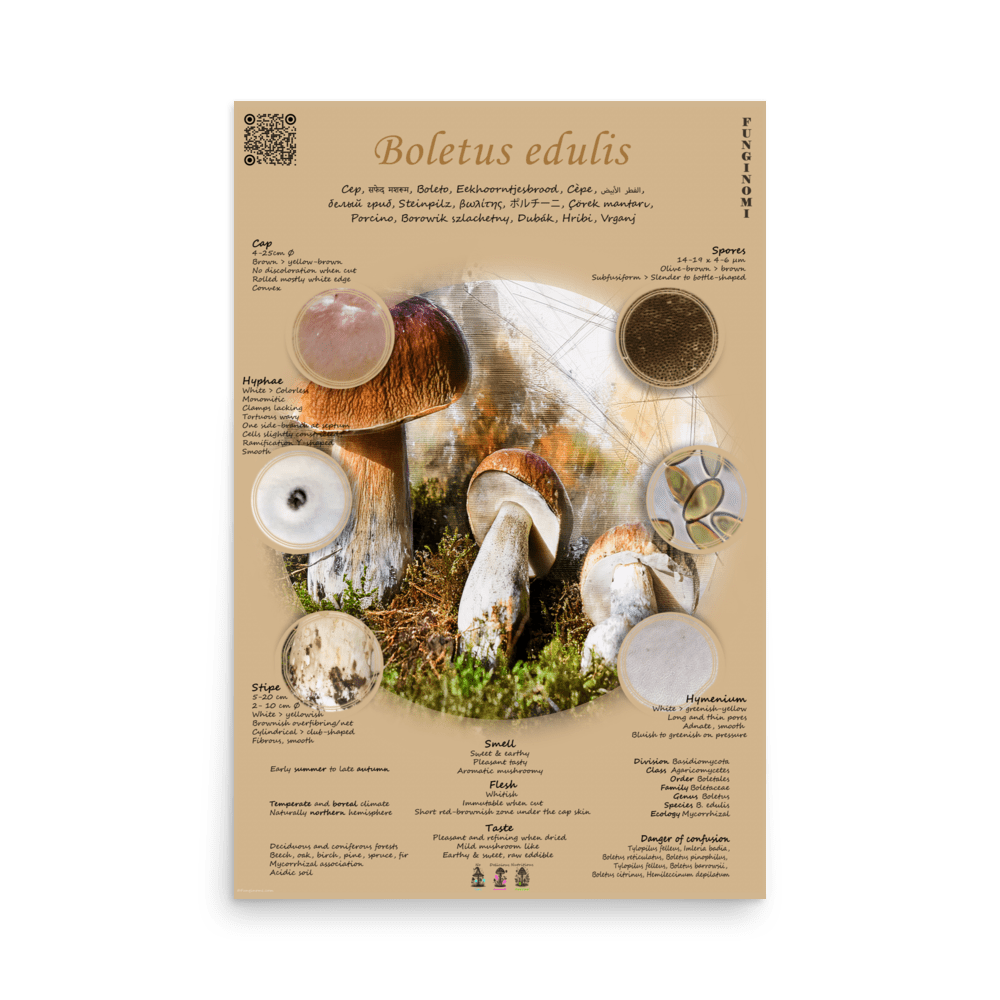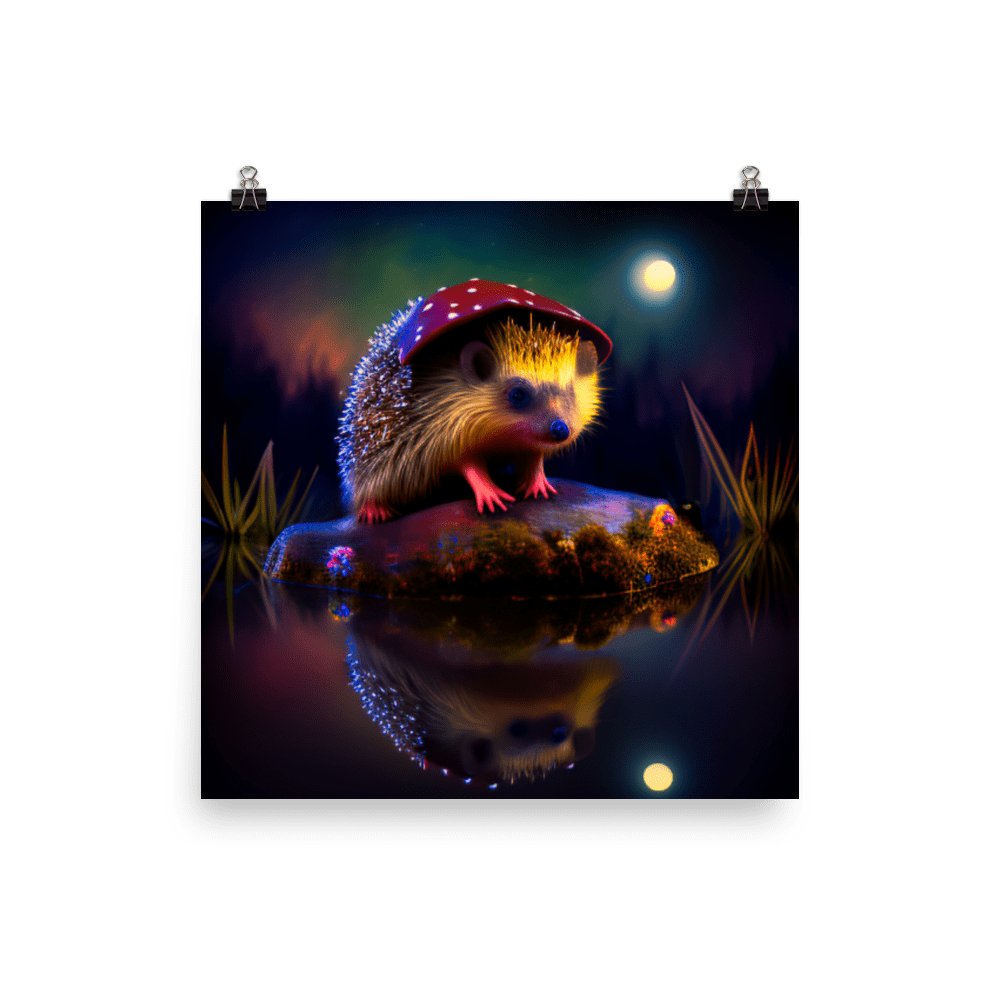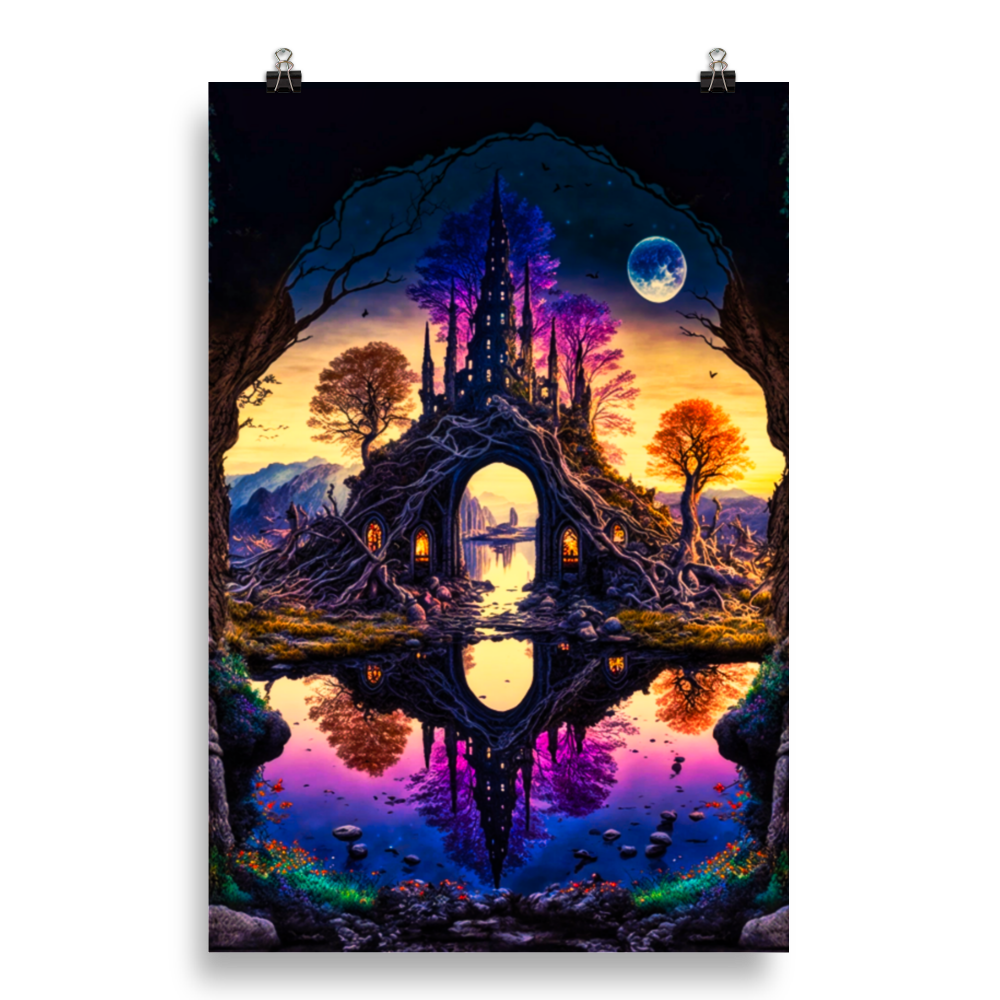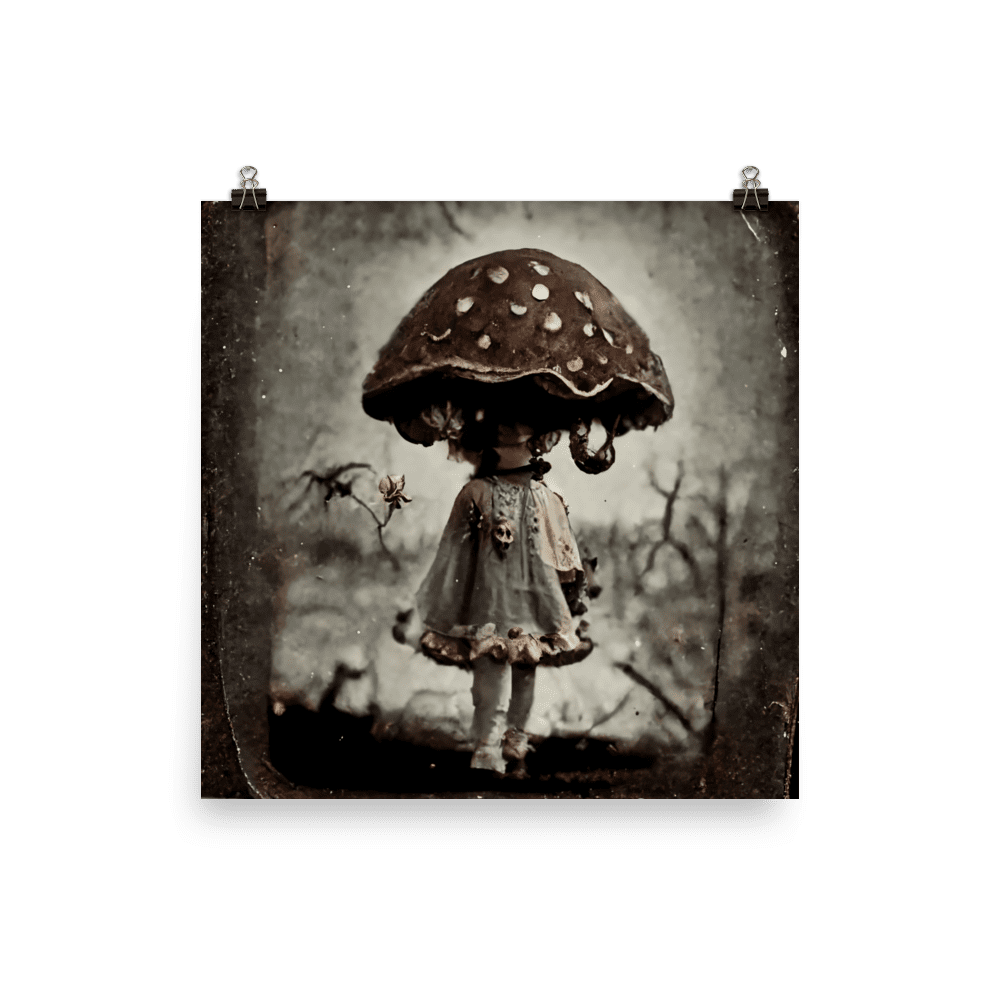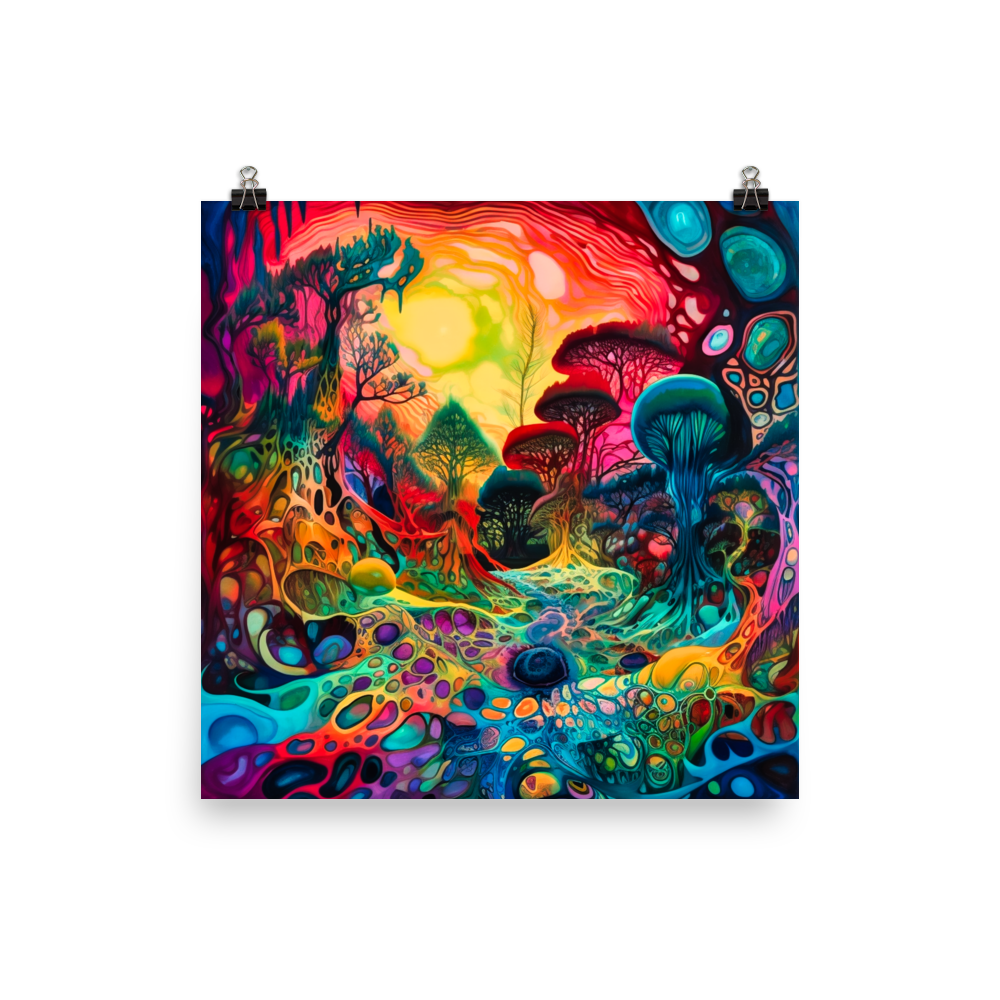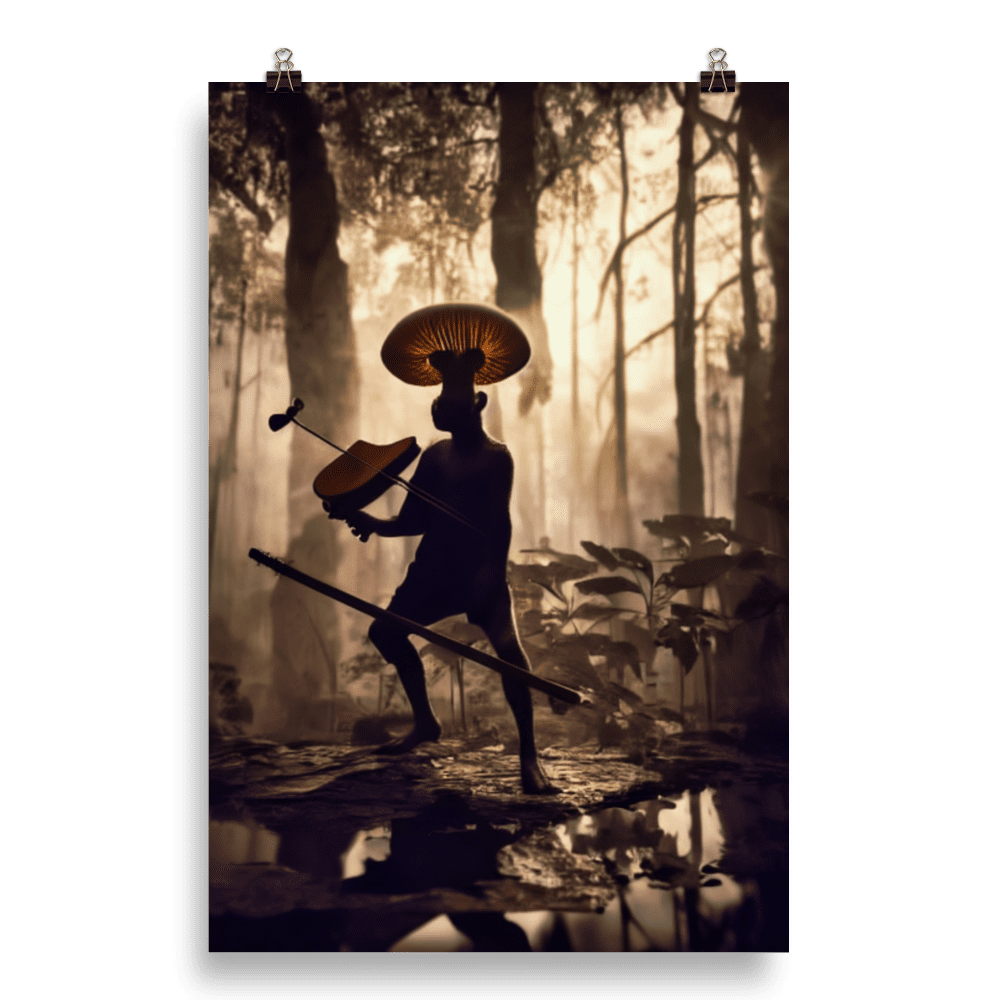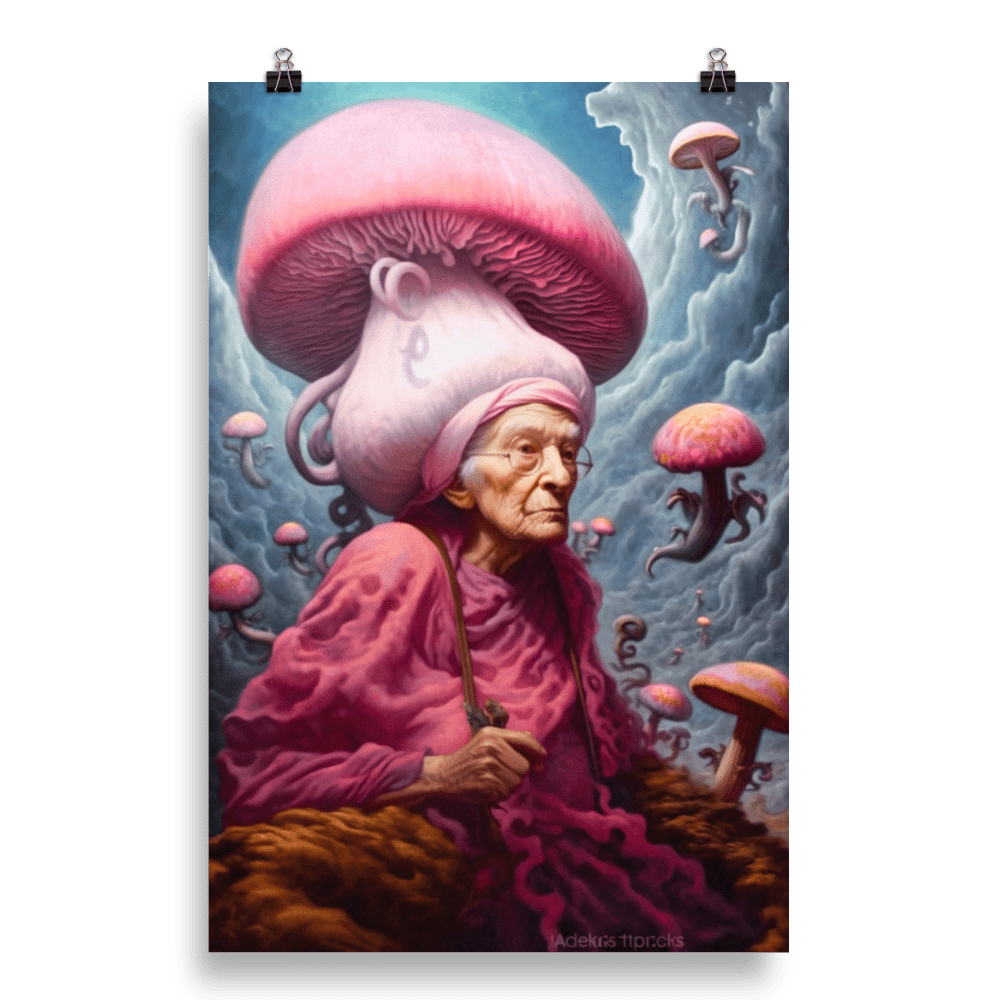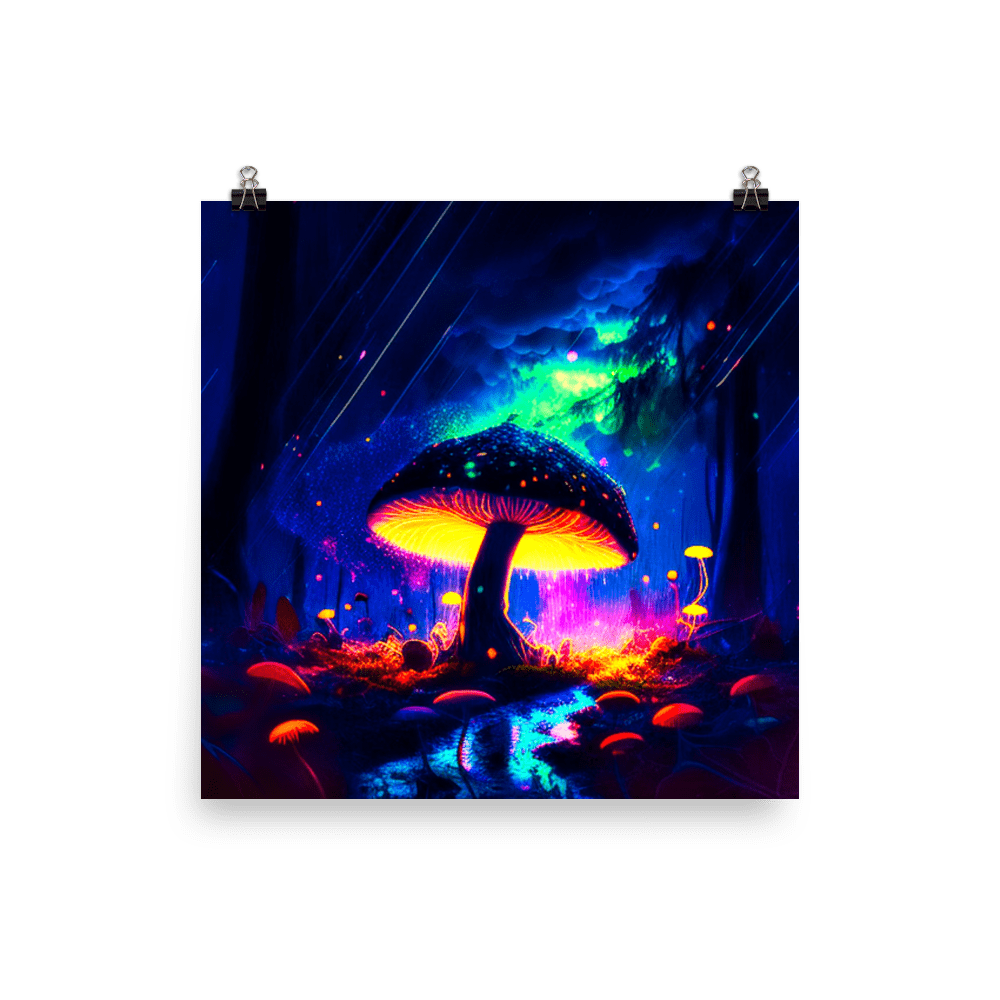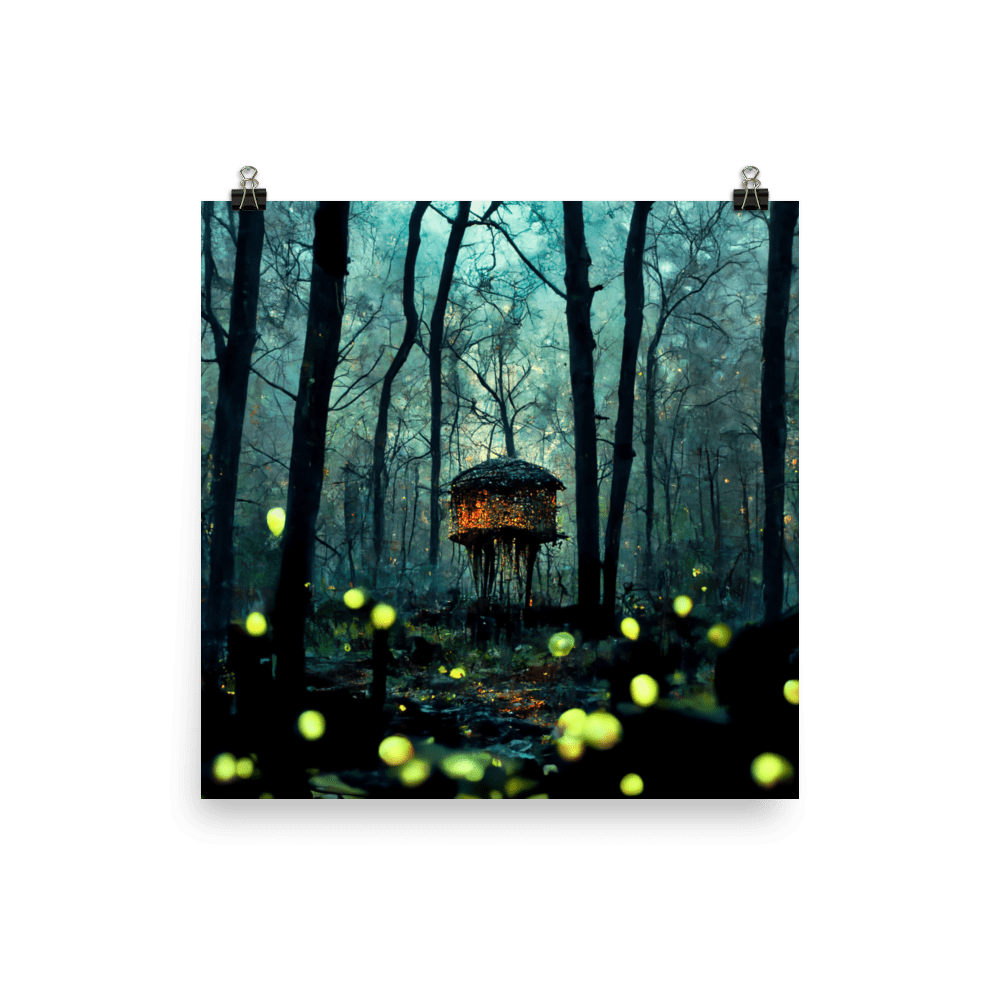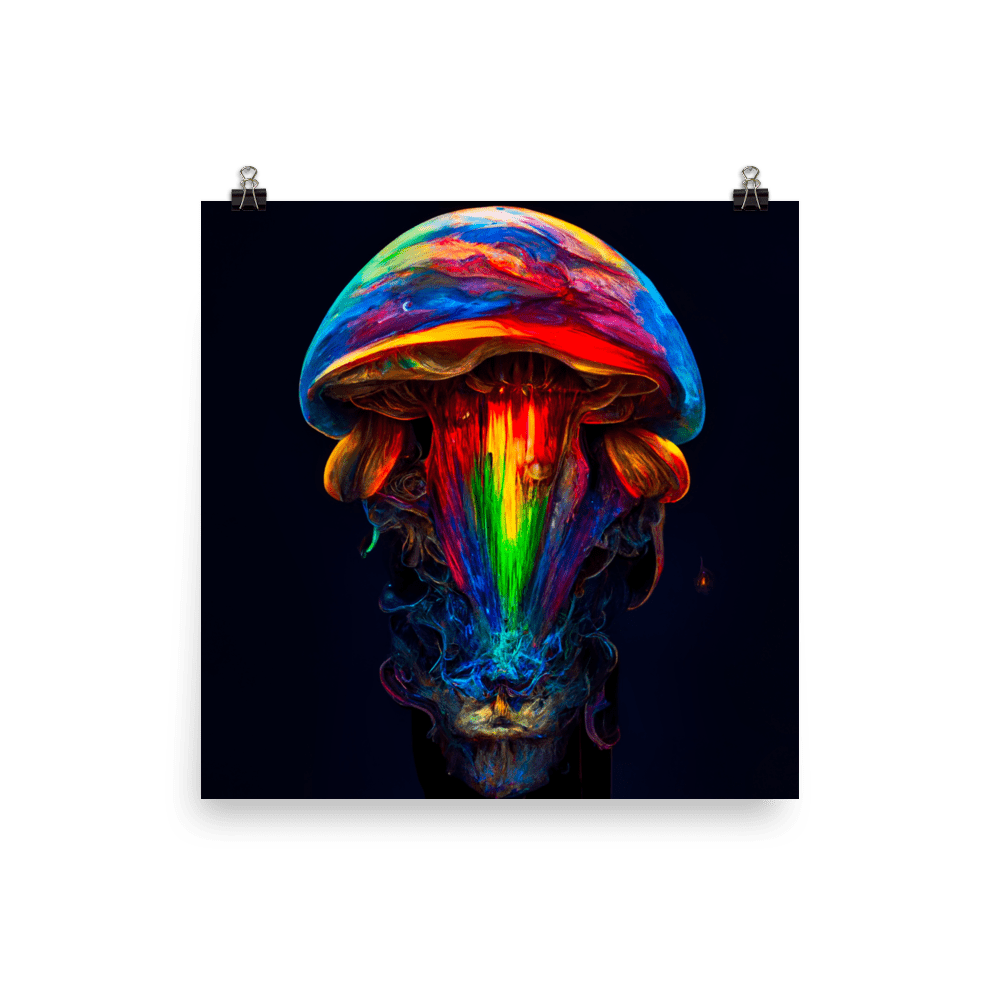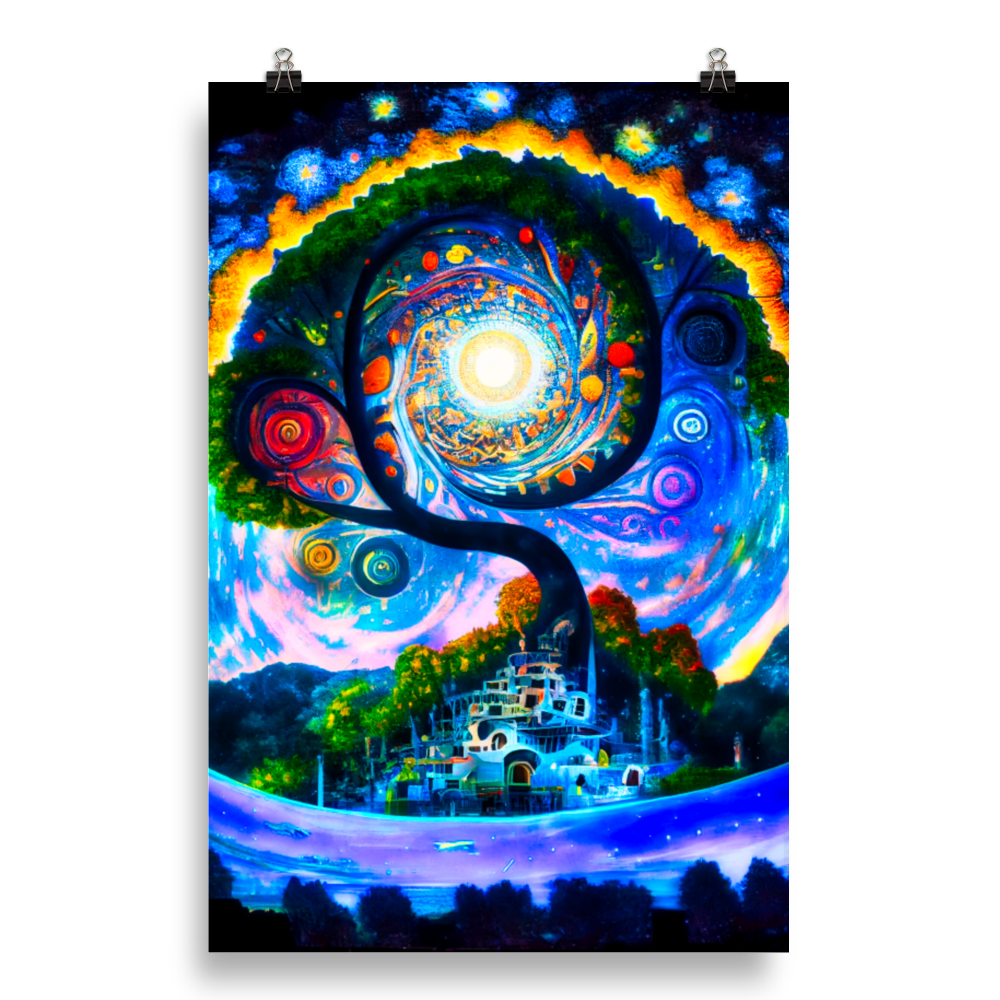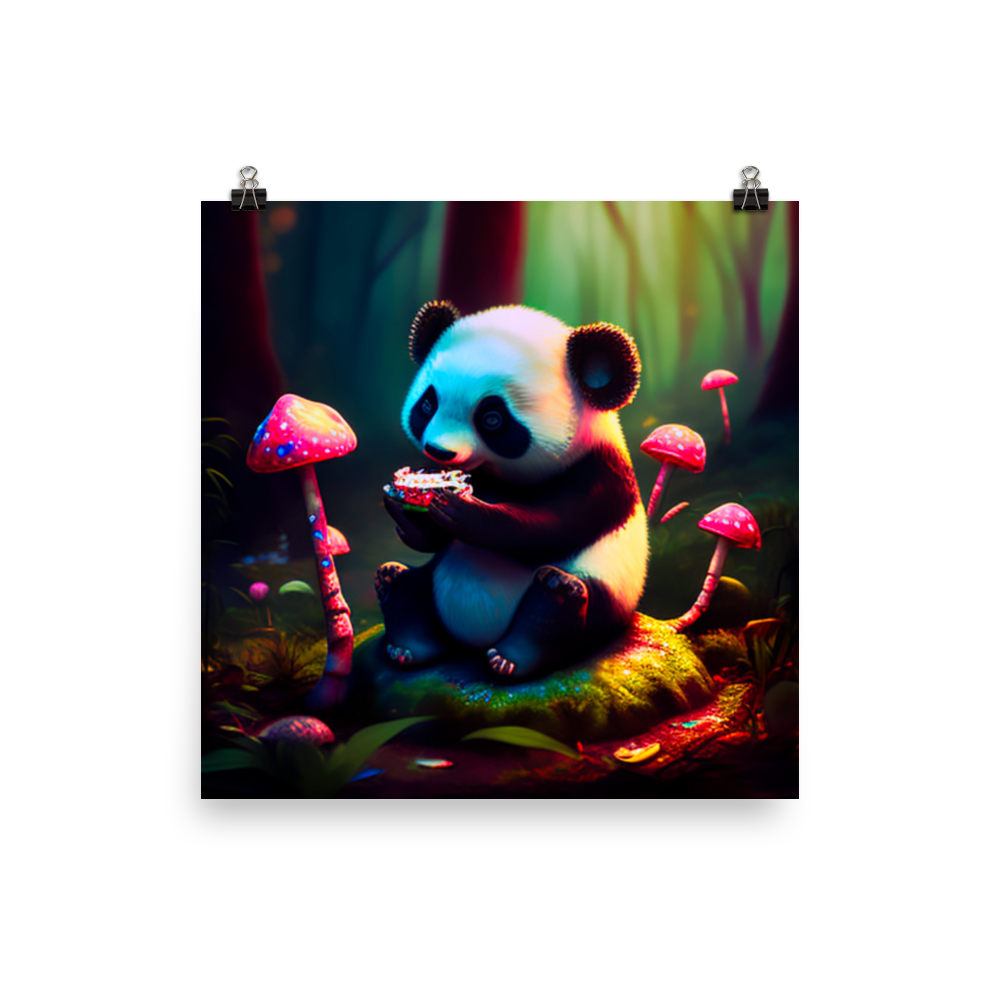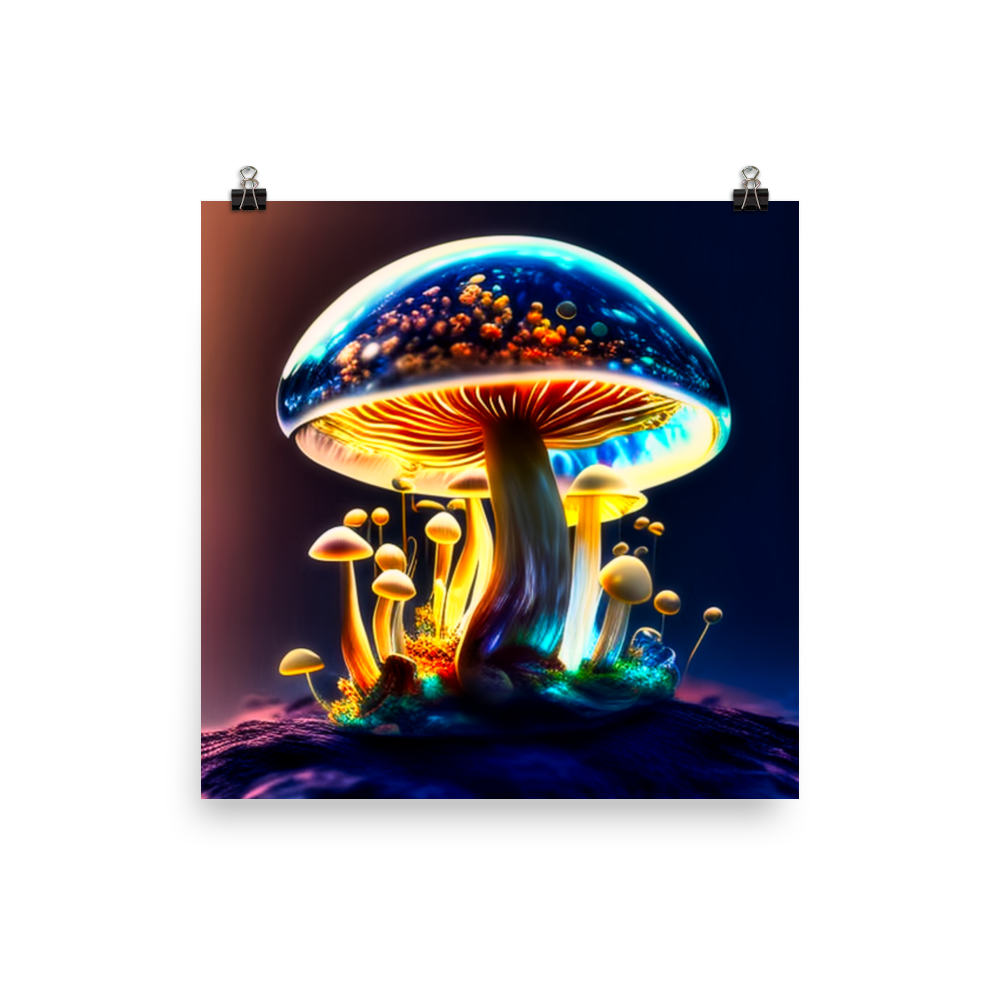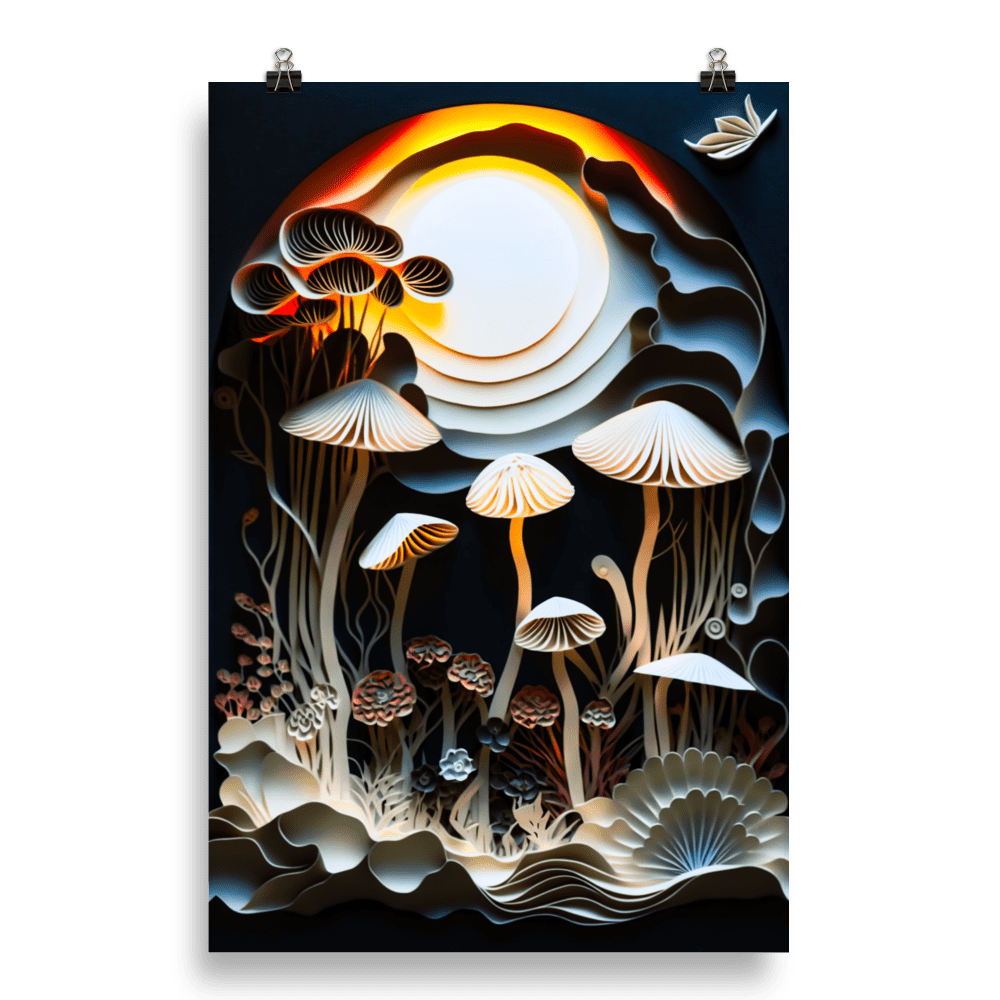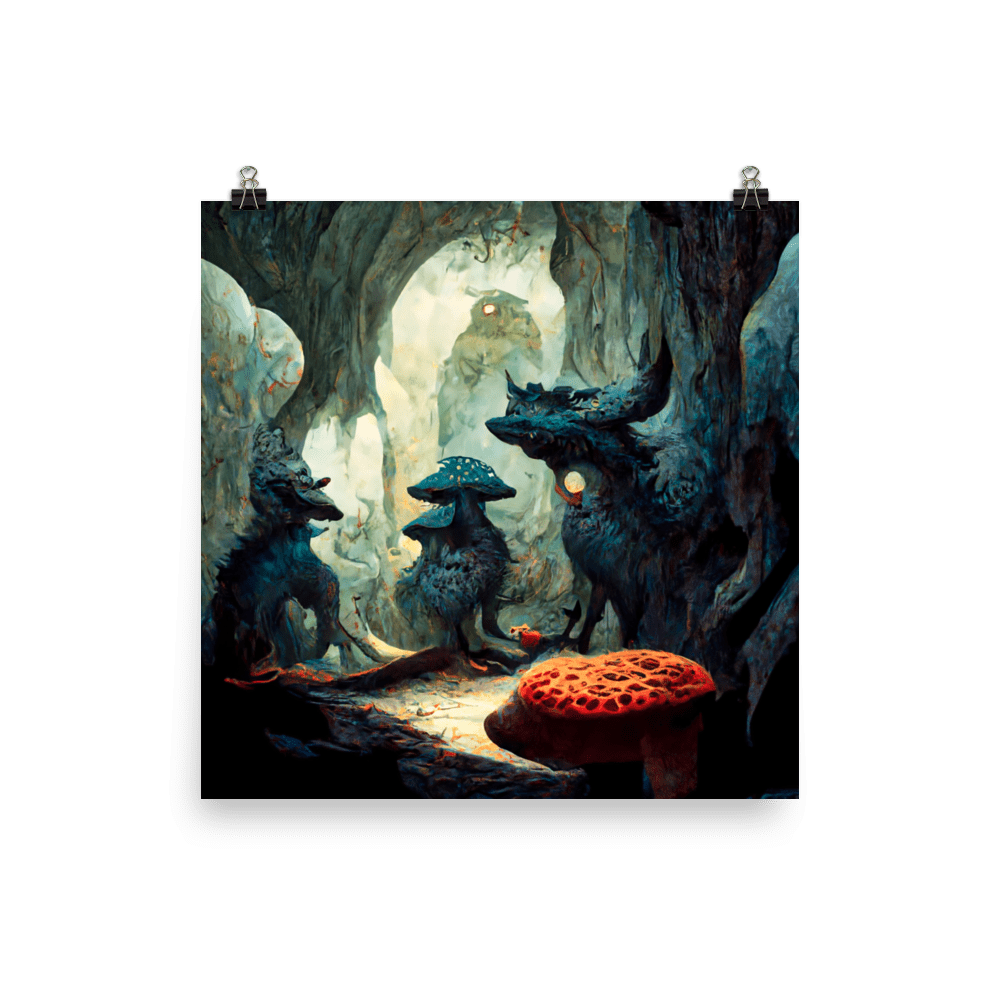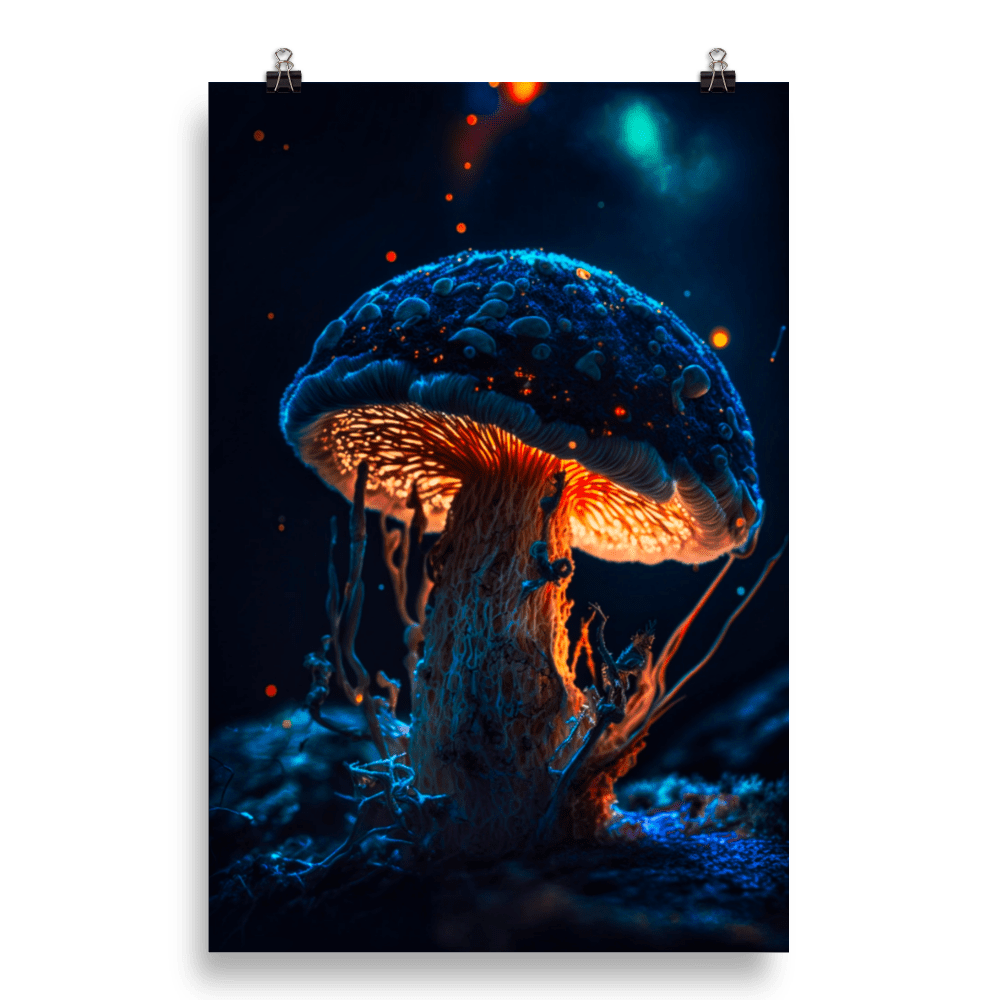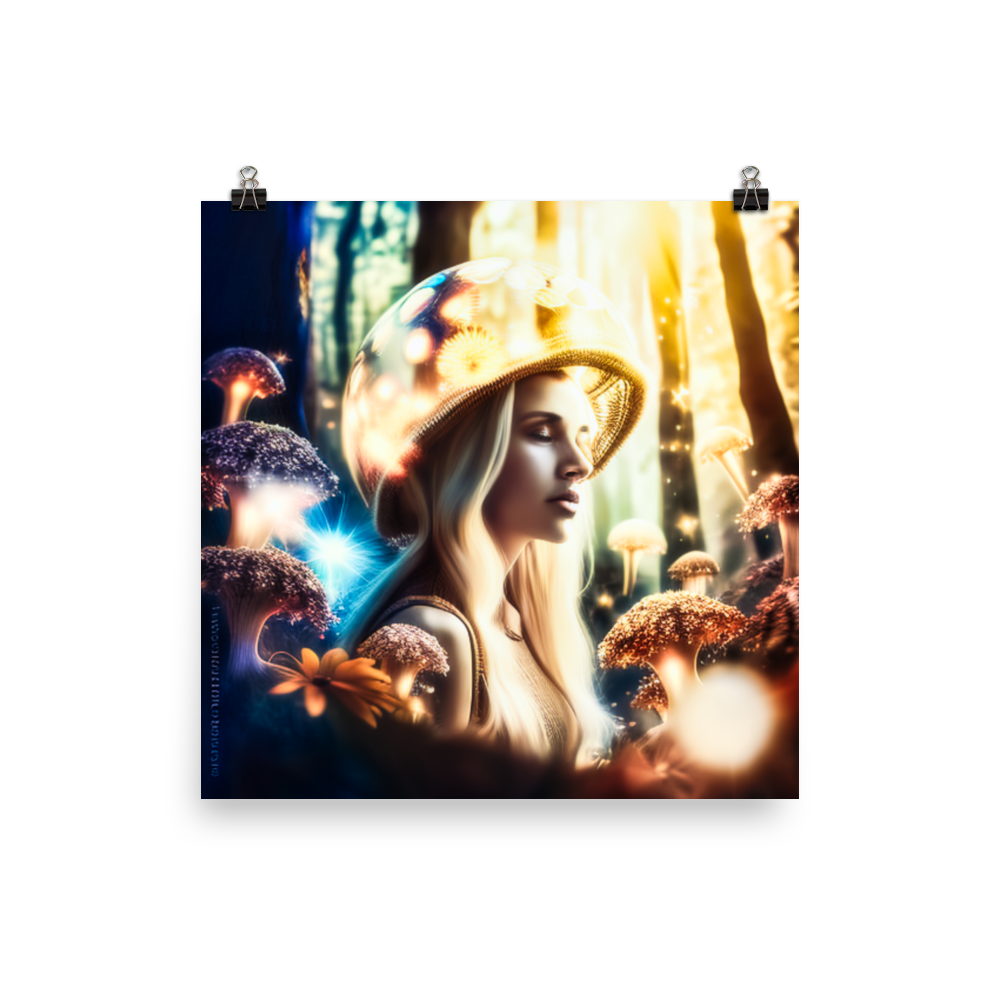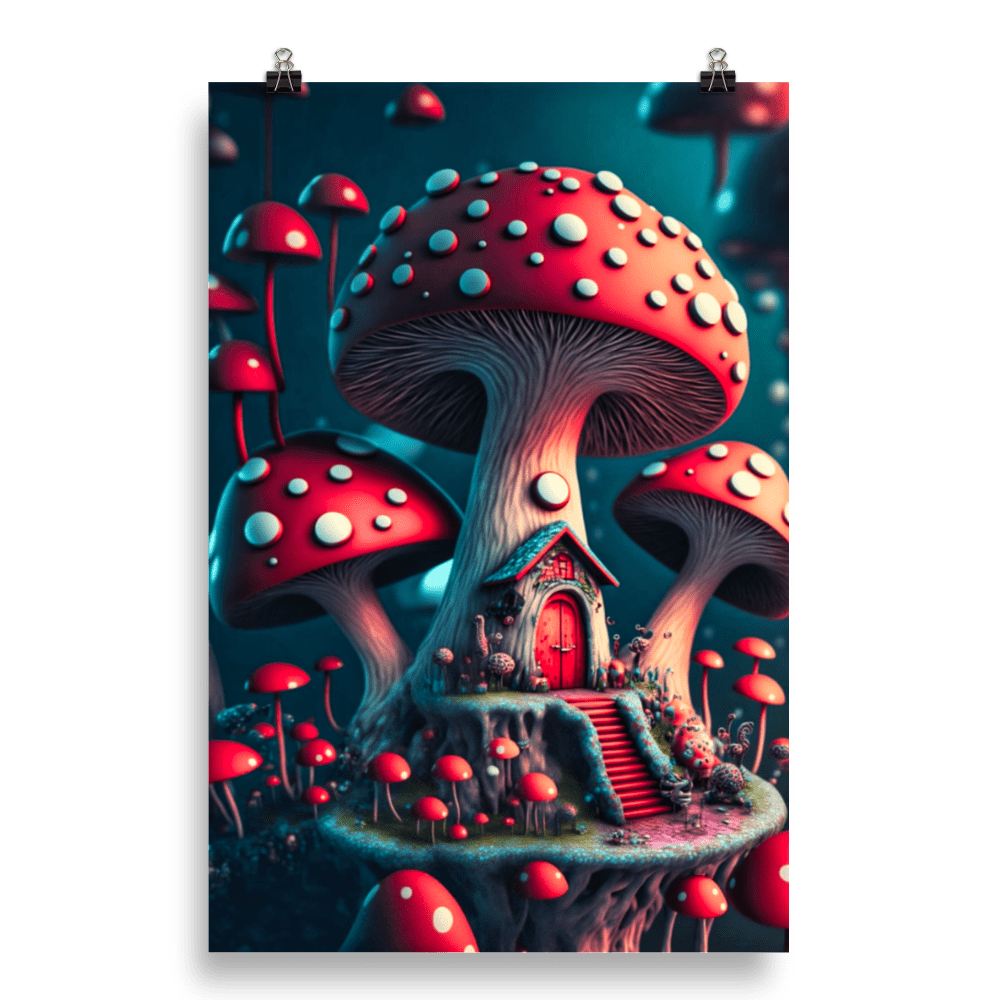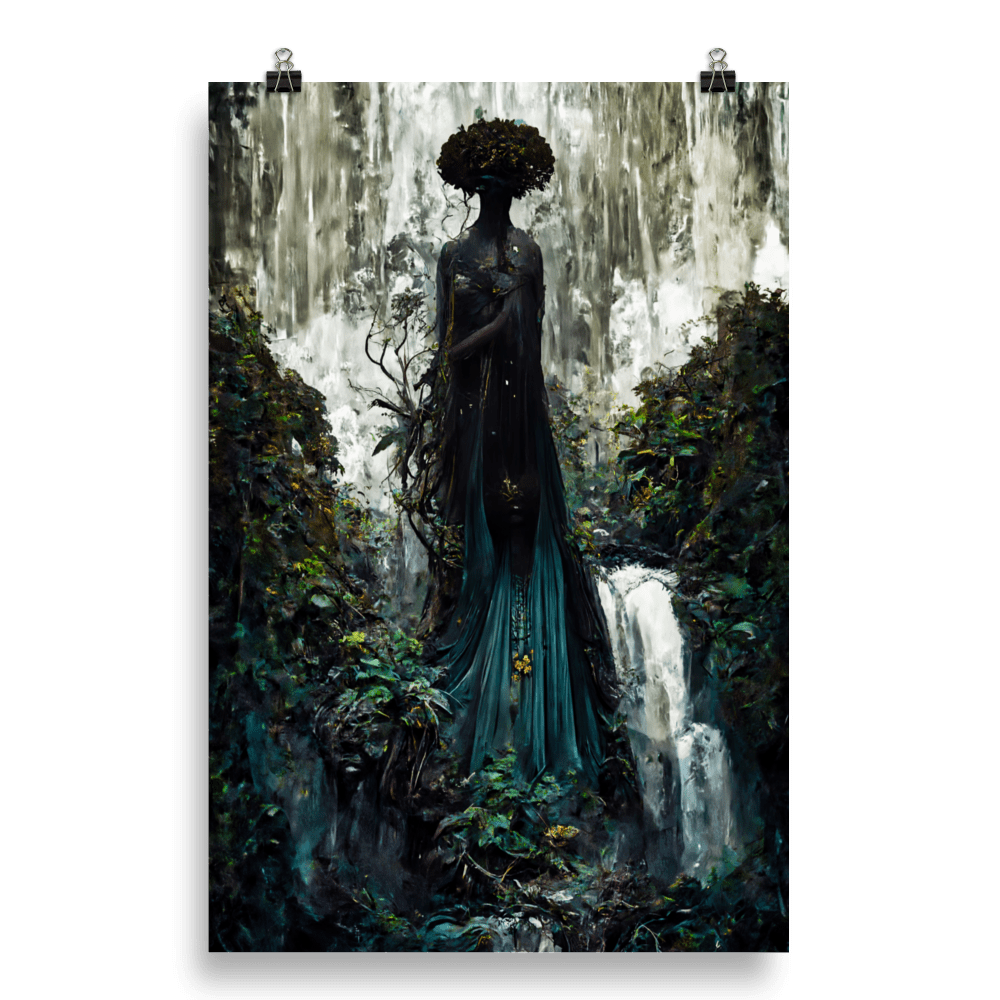Asia’s Shrooms
Psilocybin Mushroom Species
Climate

© Koppen-Geiger
The climate ranges from arctic and subarctic in Siberia to tropical in southern India and Southeast Asia. It is humid in the south-eastern sections and dry in much of the interior. Some of the largest daily temperature ranges on earth occur in western parts of Asia. The monsoon circulation dominates in the southern and eastern sections, as the Himalayas forces the formation of a thermal depression that attracts moisture in summer. Southwestern parts of the continent are hot. Siberia is one of the coldest places in the northern hemisphere and can serve as a source of arctic air masses for North America.
Psilocybin species sorted by Region
Copelandia
Copelandia is a genus of mushrooms consisting of at least 12 species. Many American mycologists previously placed blue-colored members of Panaeolus within Copelandia, while European mycologists generally used the name Panaeolus instead. Now all the fungi previously classified in Copelandia are roughly grouped in Panaeolus.
Copelandia species are white to gray or brown in color, usually have a long, thin, brittle stem, and are delicate. They are found in the tropics and neotropics of both hemispheres, growing on grasslands, dead moss, dead grass, sand dunes, decaying wood, and dung. Bruising can often be seen on the caps and stems where the mushroom has been injured due to the psilocin content. The cap is never sticky and often develops a cracked appearance as it dries. None of the fungi in Copelandia has a partial veil and the gills always have thick-walled pseudocystidia, often with crystals at the ends. Chrysocystidia are never present.
Copelandia tropica
Gymnopilus
Gymnopilus is a genus of gill fungi within the Strophariaceae mushroom family that contains about 200 species of rusty orange spored mushrooms, previously divided into Pholiota and the nonexistent genus Flammula. The fruiting body is typically reddish brown to rusty orange to yellow, medium to large in size, often with a well developed veil. Flammulina lives on deadwood, earth, raw humus, peat, charred wood and burned lands. One kind populates pastureland. They rarely grow in large quantities, they can be parasitic on the roots or base of tree trunks. Members of Pholiota and Cortinarius are easy to confuse with Gymnopilus and Galerina, which contain poisonous and deadly species.
The name means naked pileus.
Gymnopilus aeruginosus

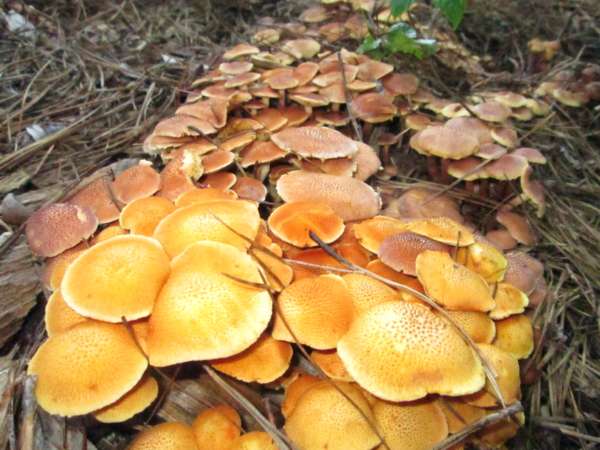
© Atlides
Gymnopilus dilepis

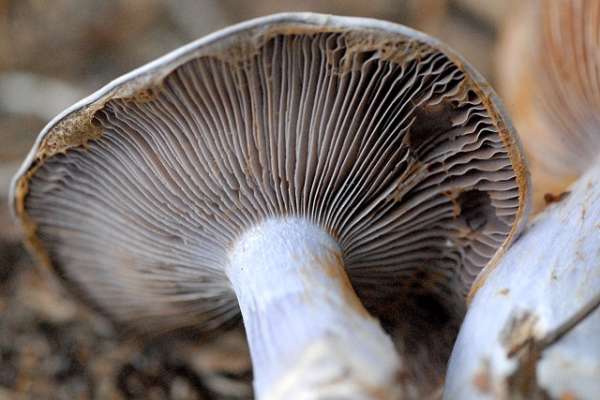
Gymnopilus junonius

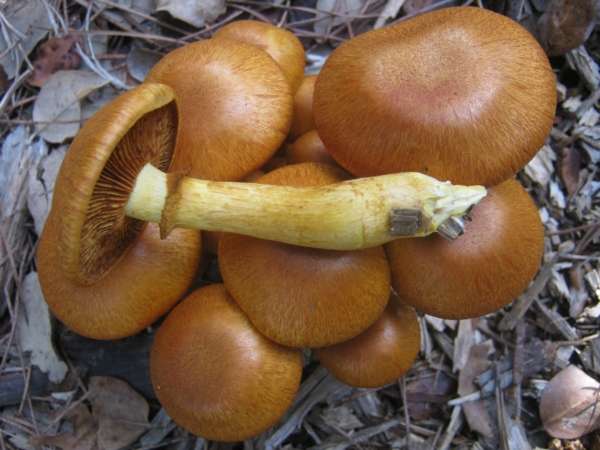
© Bernard Spragg
Gymnopilus dunensis
Gymnopilus orientispectabilis
Inocybe
Dictyonema is a diverse group of lichens. There are species with a variety of different shapes, including foliose, crustose and filamentous. Most species grow on earth, stone, moss or rotten tree trunks, one species grows on tree leaves.
Many lichens are a symbiosis between an ascomycete fungus and a photosynthetic green alga. However, a small percentage of lichens (around 10%) are cyano lichens and contain a photosynthetic cyanobacterium instead of green algae and an even smaller percentage (less than 1%) are basidiolic and contain a basidiomycete fungus instead of an ascomycete. This makes Dictyonema more mushroom related than most other lichens.
Inocybe corydalina


© irenea
Inocybe tricolor
Panaeolus
Panaeolus are poisonous, saprotrophic fungi related to Bolbitiaceae. The body of the fruit is usually brown, the cap is conical, flared to hemispherical in shape, and sometimes also spreads when fully developed. The stem sits in the center of the hat and, with the exception of Panaeolus semiovatus, has no ring.
The word Panaeolus is Greek and means “all colorful” and refers to the stained gills of the mushrooms produced. The spores are smooth or rough, with a germinal pore, and all species, except Panaeolus foenisecii, have a deep black spore print.
Panaeolus always occur in grasslands with manure deposits. Due to these location requirements, fertilizers are widespread in rangelands in all areas where livestock are raised. Almost all fungi in the Panaeolus genus contain serotonin, urea, and tryptophan. Some species also contain the psychoactive indole alkaloids psilocybin and psilocin.
These fungi are primarily dung and grassland species, some of which are widespread in Europe and North America.
Members of Panaeolus can also be confused with Psathyrella, however the latter genus generally grows on wooden or lignin-enriched soils and has brittle stems.
Panaeolus cambodginiensis
Natural habitat:
Spring & during rainy seasons
-grows on the dung of water buffalos
-dispersed to gregarious
-strongly bluing
-Manure & enriched soil
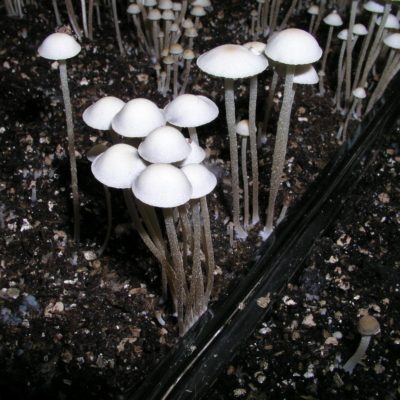
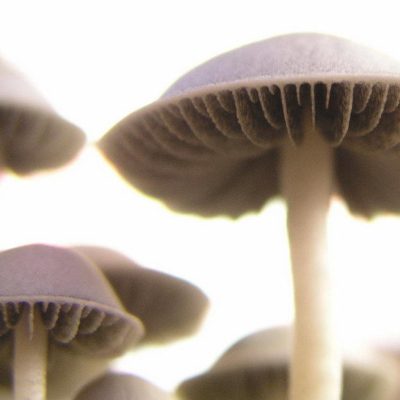
Panaeolus cinctulus
Natural habitat:
Spring to fall, abundantly after rain
-common, widely spread
-grows lonely to gregarious, also chubby
-on compost heaps, well-fertilized lawns & gardens
-also directly on horse manure


© Juan Carlos Pérez Magaña, Rocky Houghtby
Panaeolus fimicola
Natural habitat:
During/after cold rain
-found growing solitary to scattered
-in soil or dung
-fertilized lawns and other grassy places
-Saprotroph


© James Lindsey
Panaeolus olivaceus
Natural habitat:
late summer through december
-scattered to gregariously
-in rich grassy area
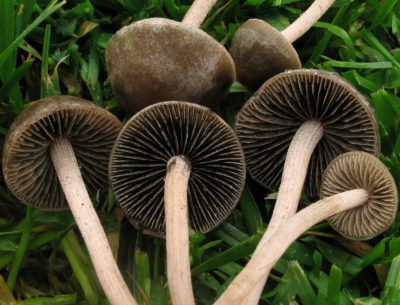
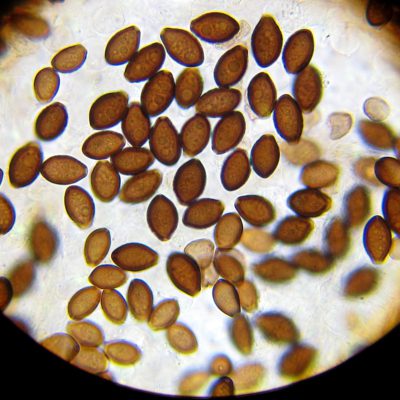
© Byrain
Panaeolus bisporus


© Alan Rockefeller
Panaeolus cyanescens

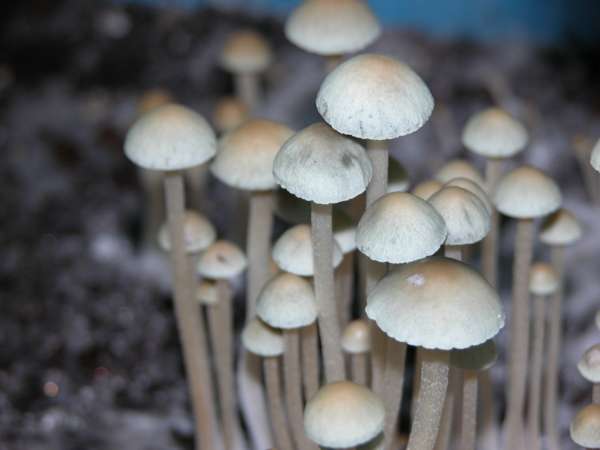
© Alan Rockefeller
Panaeolus rubricaulis

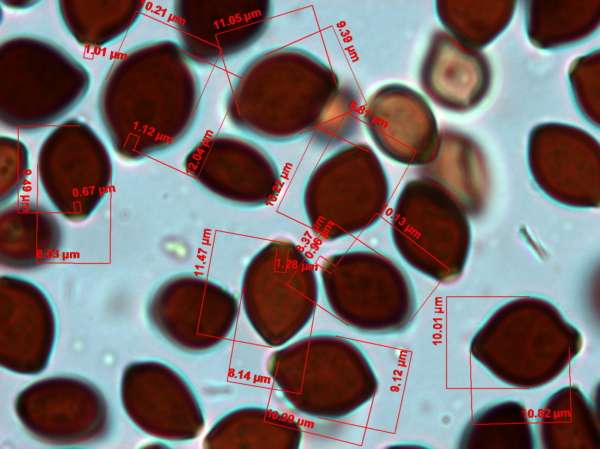
© wintersbefore
Panaeolus tropicalis
Natural habitat:
summer to late autumn
-grows on dung
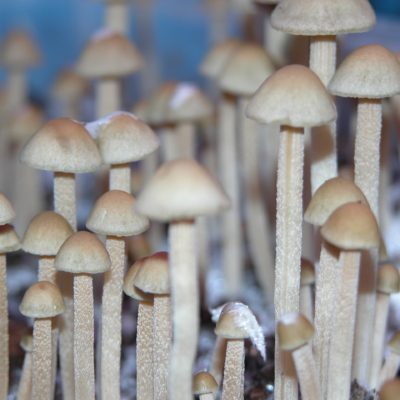

© Alan Rockefeller
Panaeolus africanus
Panaeolus axfordii
Panaeolus cyannoanulatus
Panaeolus lepus-stercus
Panaeolus tirunelveliensis
Panaeolus tropica
Panaeolus venezolanus
Pholiotina
Pluteus is a large genus of fungi with more than 300 species.
The hat is always flat-convex, but never deepens or funnel-shaped. The stem is in the middle of the hat and can be easily separated from it. At the base it is plump to bulbous, but never bulbous with an edge. The spore powder is deep pink in color and soon gives the initially pale gills a pinkish tinge. The gills are free from the stem. There is neither veil nor ring.
Pholiotina cyanopus Pluteus americanus
Pluteus
Pluteus is a large genus of fungi with more than 300 species.
The hat is always flat-convex, but never deepens or funnel-shaped. The stem is in the middle of the hat and can be easily separated from it. At the base it is plump to bulbous, but never bulbous with an edge. The spore powder is deep pink in color and soon gives the initially pale gills a pinkish tinge. The gills are free from the stem. There is neither veil nor ring.
Pluteus salicinus


© name
Pluteus brunneidiscus
Pluteus padanilis
Psilocybe
Psilocybe forms small to medium-sized, yellowish-brown to brown fruiting bodies divided into a cap and stem with a pointed bell-shaped or hemispherical cap, often characteristic. The hats are mostly brown with sometimes blue tints; they are mostly hygrophanous. They are thin and generally sticky to greasy. The name bald head is derived from the smooth surface of the hat. It is rarely also faintly velvety.
The beige lamellae have initially grown widely on the handle, sticking or running down the handle with a tooth. They are usually wide and distant or narrow. They later turn red to dull brown or quickly black. Sometimes they also have purple hues. The cylindrical style is slim and central. The handle, sometimes also the hat, turns black, bluish-black, blue or greenish in color when dried. Sometimes there is a veil. It is found on the hat and stem, sometimes lining the brim of the hat or forming a ring zone on the stem.
The smell is insignificant or farinaceous, sweetish in some species. The taste is also negligible to that of flour, but it is rarely bitter as well. The color of the spores varies from purple-brown to dark purple-brown and rust-colored.
Ecologically, all psilocybe species are saprotrophs that grow in soil, straw, wood chips, peat, and debris. Species that parasitize moss are rare.
Psilocybe aerugineomaculans
Natural habitat:
-if you have more info, please tell me


© ranjini
Psilocybe angulospora

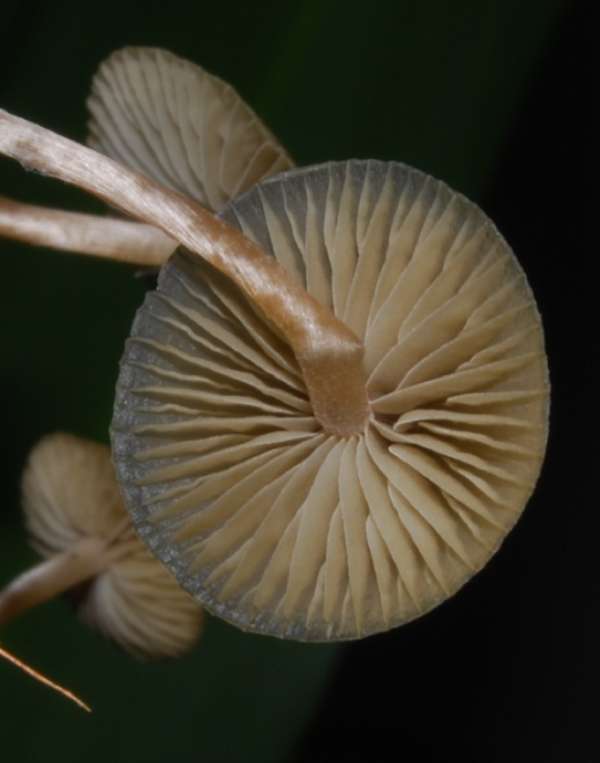
Psilocybe aztecorum
Natural habitat:
Summer to autumn
-near rivers, streams and gorges
-in damp and shady, oak and pine forests or cloud forests
-consequent decomposer


Psilocybe cubensis
Natural habitat:
Summer to late autumn
-Animal droppings, in nutrient-rich places
-on naturally fertilized meadows
-consequent decomposer


© Zergboy, Alan Rockefeller
Psilocybe semilanceata
Natural habitat:
Summer to late autumn
-Cow / sheep pastures, in grassy and nutrient-rich places
-on naturally fertilized meadows
-never straight from animal dung
-consequent decomposer
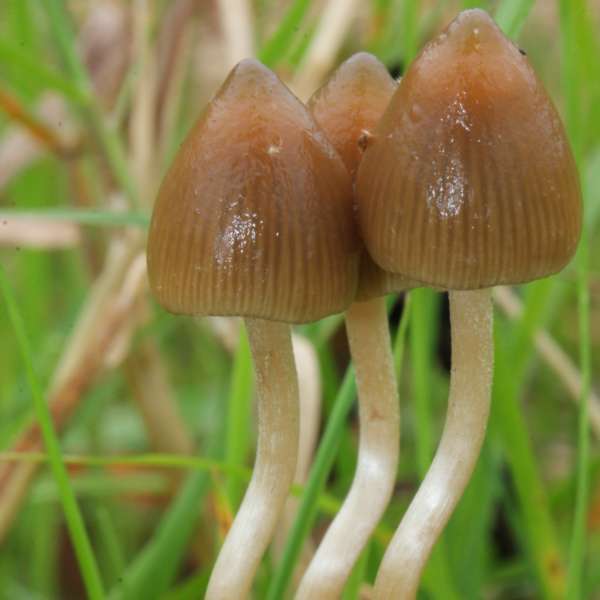

© Alan Rockefeller, Koń
Psilocybe subcaerulipes
Natural habitat:
May to September
-Wood waste, moss / grass covered soils in open forests
-Tree species: Cryptomeria japonica, Quercus glauca and Pinus taeda / pines
-consequent decomposer


© RichardDaniel, Zaca
Psilocybe subaeruginascens
Natural habitat:
February and March / April to July
-Wood shavings, piles of leaves & woody debris
-urban areas, gardens
-along paths and roads in deciduous forests
-consequent decomposer


© Auweia, Curecat
Psilocybe yungensis
Natural habitat:
Summer to autumn
-Mostly hardwood, rarely softwood
-old tree stumps, buried wood
– consequent decomposer / weakness parasite


Psilocybe papuana


© Heyowana
Psilocybe baeocystis


© Tim Sage
Psilocybe magnispora


© name
Psilocybe medullosa
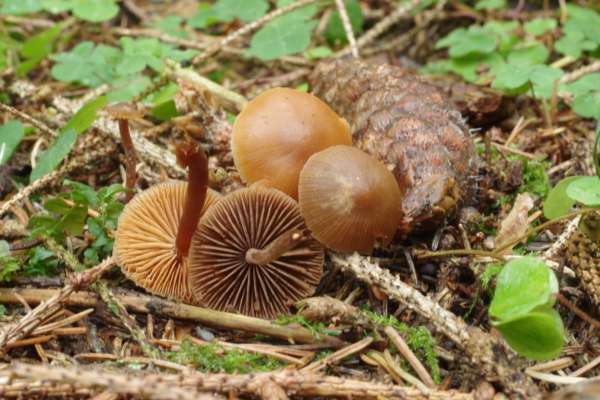
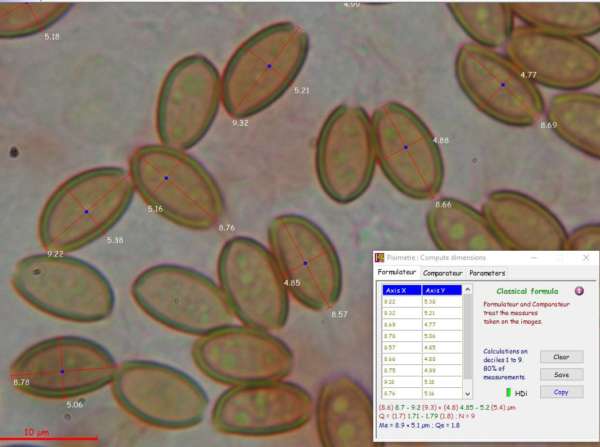
© name
Psilocybe pelliculosa


© shroom360
Psilocybe pseudoaztecorum


© name
Psilocybe subtropicalis


© Alonso


